As part of yesterday's relatively short conference, Apple presented a new one home pod mini, iPhone 12 (mini) a new iPhones 12 Pro and Pro Max. We will look at the latter in this summary article, which summarizes the most important and interesting news.
It could be interest you
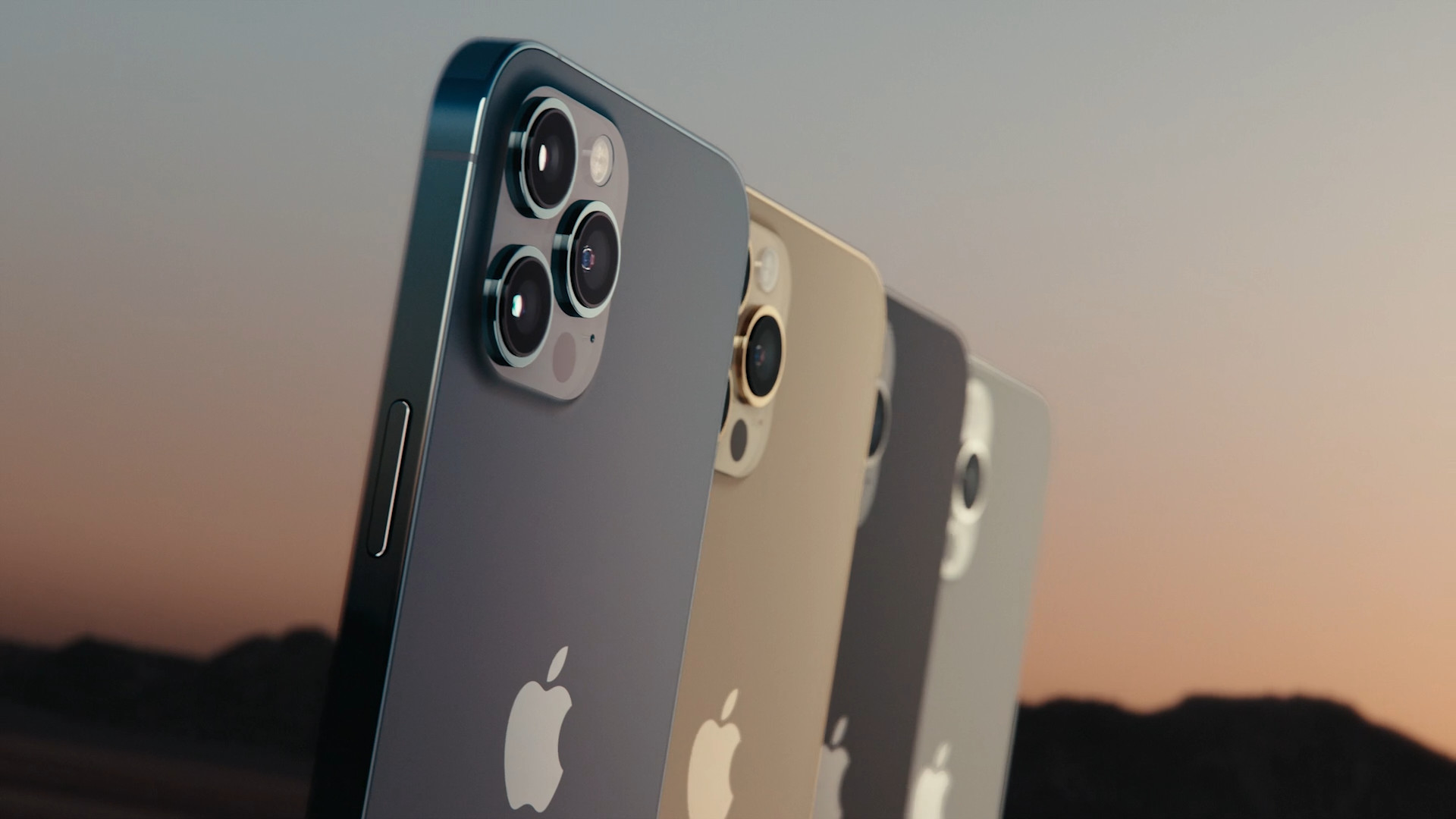
New design
At first glance, the biggest change is the design of the new models. After years, Apple abandons rounded shapes and returns to the era of the now legendary iPhones 4, 4S, 5 and 5S in terms of design. To some extent, the new iPhones copy the design language of the last two generations of iPad Pros and have thus acquired sharp edges. On the presented renders, photos and videos, the new iPhones look absolutely great, from next Friday we will see if they will look just as great in practice. Of course, there are also new colors, which in the case of the iPhone 12 Pro and Pro Max mean graphite gray, silver, gold and Pacific blue. The materials used also go hand in hand with the new design. In the case of the iPhone 12 Pro and Pro Max, it is steel that makes up the phone's frame, and a special alloy of glass and ceramics that is used for the display and the back of the phone. It should offer unprecedented resistance, which will certainly be interesting to test in practice.
MagSafe is back
Before we dive into the specifications as such, Apple has revived the much-loved and much-mourned MagSafe in the news. In the case of iPhones, this is a system of magnets located on the back of the phones and allows the use of a wide range of specialized accessories - for example, wireless chargers (newly with support for up to 15 W charging), covers, cases or special holders for credit cards (or Apple Card, if you're lucky), which use the circular magnetic mechanism on the back of iPhones. It can be expected that other manufacturers of accessories will jump on the new MagSafe wave, which will soon be full.
A14 Bionic
At the heart of all the news is the brand new A5 Bionic chip, made on a 14nm production process, which will offer a 6-core processor, a 4-core graphics accelerator, a 47% larger number of transistors compared to the previous SoC and, above all, significantly higher performance. Apple representatives did not spare superlatives during the presentation and it can be expected that it will be a great processor again. Apple has already proven many times that it has a top team in this industry, which is able to solidly push the boundaries of mobile SoCs and crush the competition every year. The new processor has further significantly strengthened the Neural Engine and machine learning capabilities, thanks to which it complements, for example, the camera even more and more powerfully, the capabilities of which have again moved significantly further.
Improved camera
As for the new photo modules, the Pro models will offer a combination of three lenses. The smaller 12 Pro offers a 12 Mpix wide-angle seven-element lens with an aperture of f/1.6, a 12 Mpix ultra-wide-angle five-element lens with an aperture of f/2.4 and a 120-degree field of view, and a 12 Mpix six-element telephoto lens with an aperture of f/2.0. The flagship iPhone 12 Pro Max then offers a wide-angle seven-element lens with an aperture of f/1.6, a 12 Mpix ultra-wide-angle five-element lens with an aperture of f/2.4 and a 120-degree field of view, and a 12 Mpix six-element telephoto lens with an aperture of f/2.2. As for zoom, the 12 Pro will offer 2x optical zoom, 2x optical zoom, 10x digital zoom and 4x optical zoom range. The iPhone 12 Pro Max is capable of 2,5x zooming in with optical zoom, 2x zooming out with optical zoom, 12x digital zoom and 5x optical zoom range. The wide-angle and ultra-wide-angle lenses on both models offer double optical image stabilization. The wide-angle lens of the iPhone 12 Pro Max also offers optical image stabilization with sensor shift. Thanks to the LiDAR scanner, it is then possible to create perfect portrait photos in night mode. There is support for Smart HDR 3, Apple ProRAW mode and Deep Fusion.
As for video recording, the new iPhone 12 Pro and 12 Pro Max offer HDR Dolby Vision video recording at up to 60 FPS, or 4K video at up to 60 FPS. As for the zoom when recording video, the iPhone 12 Pro boasts 2x optical zoom, 2x optical zoom, 6x digital zoom and 4x optical zoom range, the larger iPhone 12 Pro Max then 2,5x optical zoom , 2x optical zoom, 7x digital zoom and 5x optical zoom range. Slow motion video can be shot in 1080p resolution at up to 240 FPS. There is an option for time-lapse shooting with stabilization and in night mode, while shooting 4K video you can take up to 8 Mpix photos. The front camera has 12 Mpix and an aperture of f/2.2. It has improved portrait mode, there is no shortage of night mode, Deep Fusion, QuickTake or Retina Flash. The front camera can also record HDR Dolby Vision video at up to 30 FPS, or 4K video at up to 60 FPS. Slow motion video can then be recorded in 1080p at 60 FPS.
RAW from iPhones
The iPhone 12 Pro is not so different from the cheaper 12s. One of the main changes is the presence of the new Apple ProRaw format, which, as the name suggests, will allow photos to be taken in the special RAW format that we are used to from ordinary cameras. This format will offer a wide range of editing thanks to the huge amount of detail stored in each frame. Right in the Photos application, iPhone 10 Pro owners will be able to edit captured photos in detail, change exposure values, play with light, exposure of the scene and adjust almost all parameters that we are used to from RAW files of regular (mirrorless) cameras. The recording material from the video has also been significantly improved. It can't do ProRES or other RAW formats, but what it can do is capture XNUMX-bit HDR, as well as capture, play and edit Dolby Vision HDR recording, which, by the way, no other smartphone in the world can boast of.
5G, LiDAR and the rest
Apple devoted a significant part of yesterday's keynote to 5G technology. Not much to be surprised about, given that all iPhones introduced today received support for 5th generation networks. Apple has spent a long time working with carriers to fine-tune hardware and software to offer users the best possible implementation of 5G compatibility in a smartphone. Although it is not yet a very widespread phenomenon (especially in our region), from the point of view of the durability of the device, it is good to know that Apple tried and did not just simply implement a 5G compatible modem on the phone's motherboard. Another novelty, the use of which is still more at a theoretical (and marketing) level, is the presence of a LiDAR sensor. This is the same for the 12 Pro models as the one Apple added to the new iPad Pros. The methods of use are also the same, or currently rather unused. However, that will hopefully change as soon as possible.
záver
Subjectively, I have to admit that this year's line-up of Pro models disappointed me a bit, because the changes and added value compared to the cheaper series is not that significant, or at least it seems so at the moment. Premium materials are nice, but even cheaper models get more durable glass, which is probably the most important thing. The presence of a third camera in the module is not worth such a large surcharge, not to mention the LiDAR sensor. In terms of hardware equipment, the 12 and 12 Pro models are almost identical (Apple did not officially disclose the RAM capacity, but last year it was the same for all models, and this year I expect it to be the same), so the extra charge will not be reflected here either. In addition, some highly specialized functions, such as Apple ProRaw or HDR video, sound nice from a marketing point of view, but from the point of view of the average user, these are completely irrelevant functions that will be meaningfully used by thousands of owners of new flagships.
In addition, many will be disappointed by the absence of a 120Hz display, which was one of the things that many fans were waiting for. Despite all that, the iPhone 12 Pro (Max) will most likely be a great iPhone, and far more people will buy it than will actually use it and its features. However, it is the cheaper model series that, in my opinion, makes more sense and will be far more interesting for most customers. You can buy iPhone 12 Pro and Pro Max in 128 GB, 256 GB and 512 GB variants. The price of 12 Pro starts at 29 CZK, 990 CZK and 32 CZK, for 990 Pro Max you will pay 38 CZK, 990 CZK and 12 CZK. Pre-orders for the iPhone 33 Pro start on October 990, in the case of the iPhone 36 Pro until November 990.
- Newly introduced Apple products will be available for purchase at, for example Alge, Mobile Emergency or u iStores
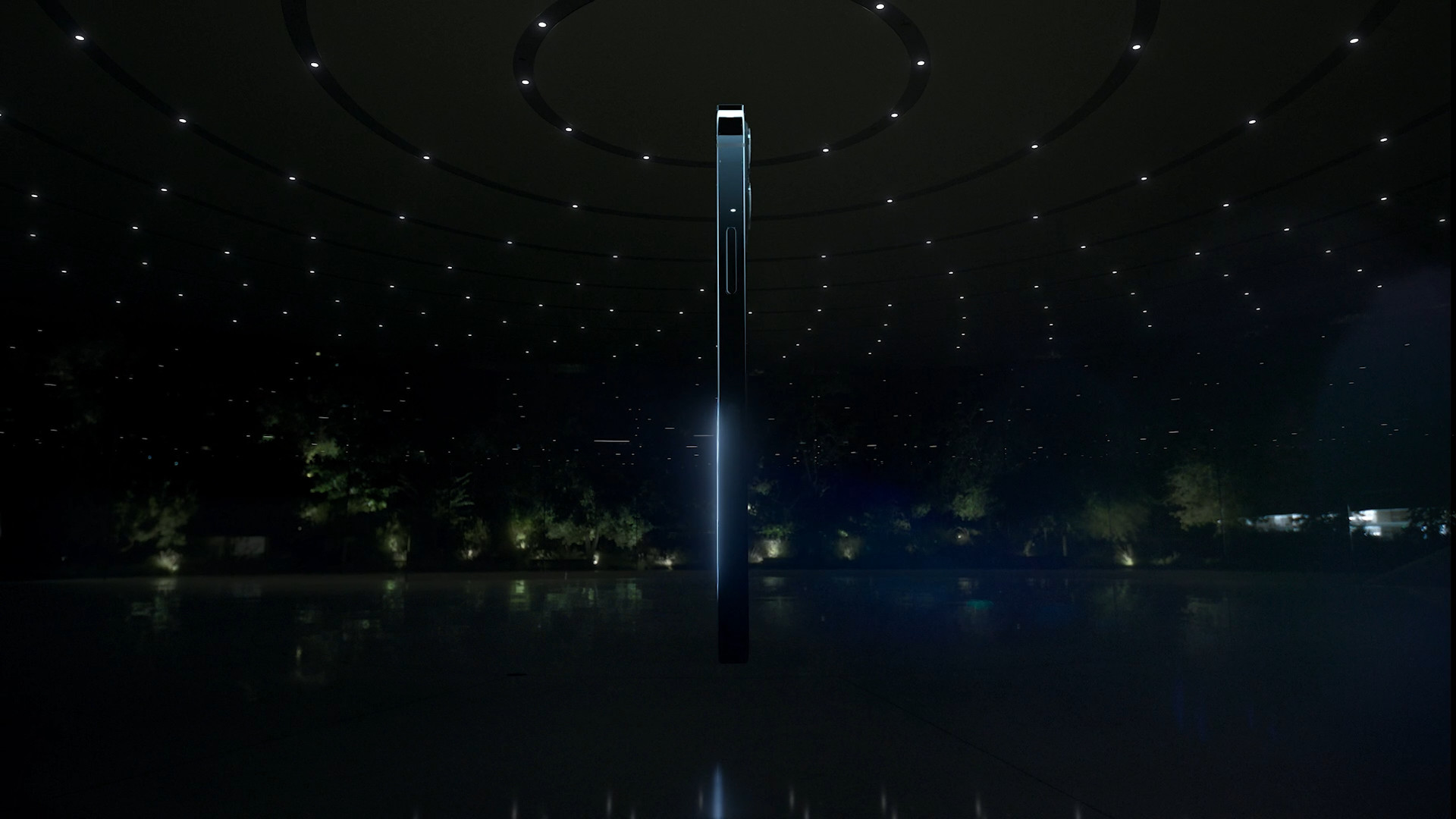
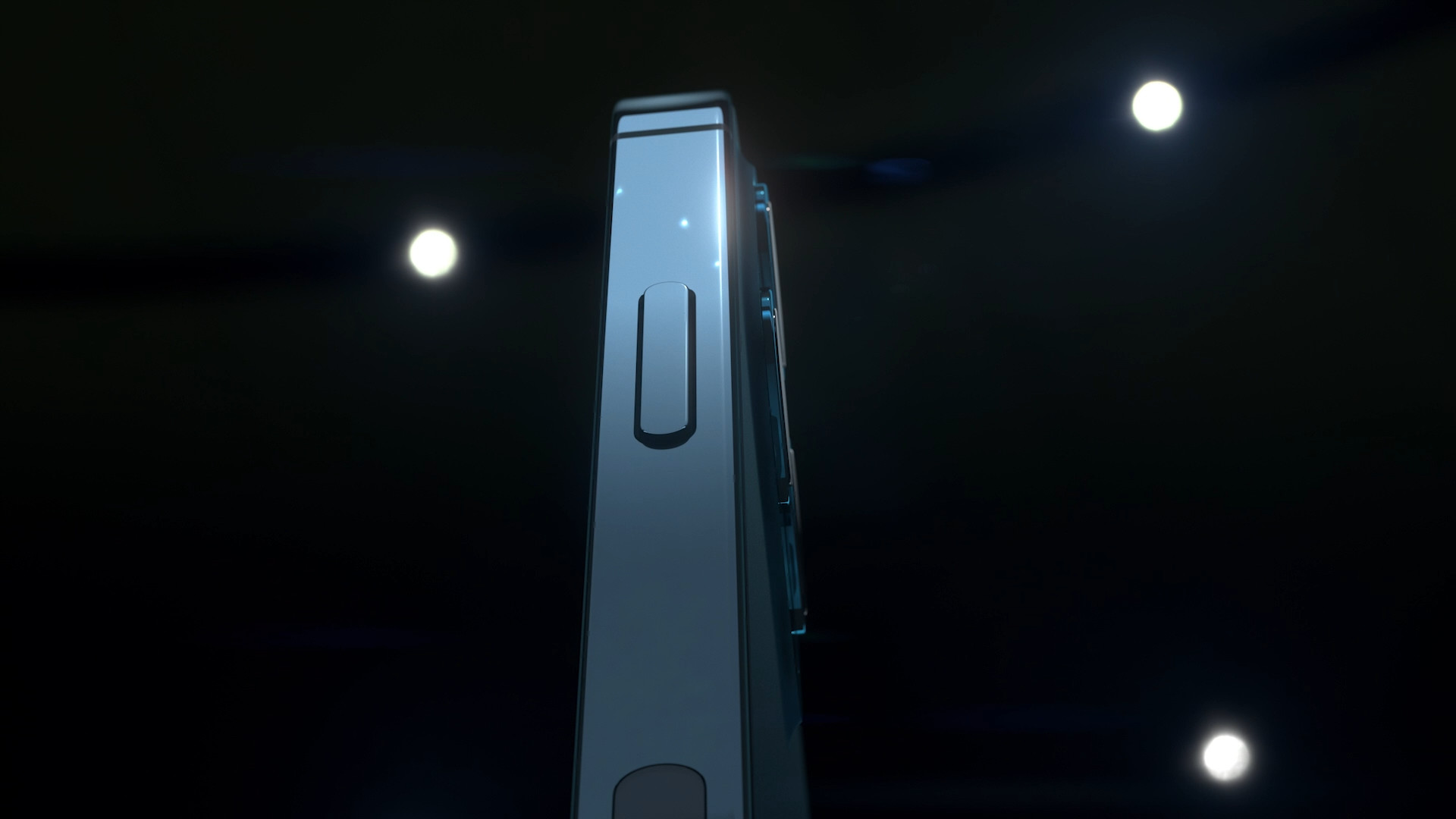

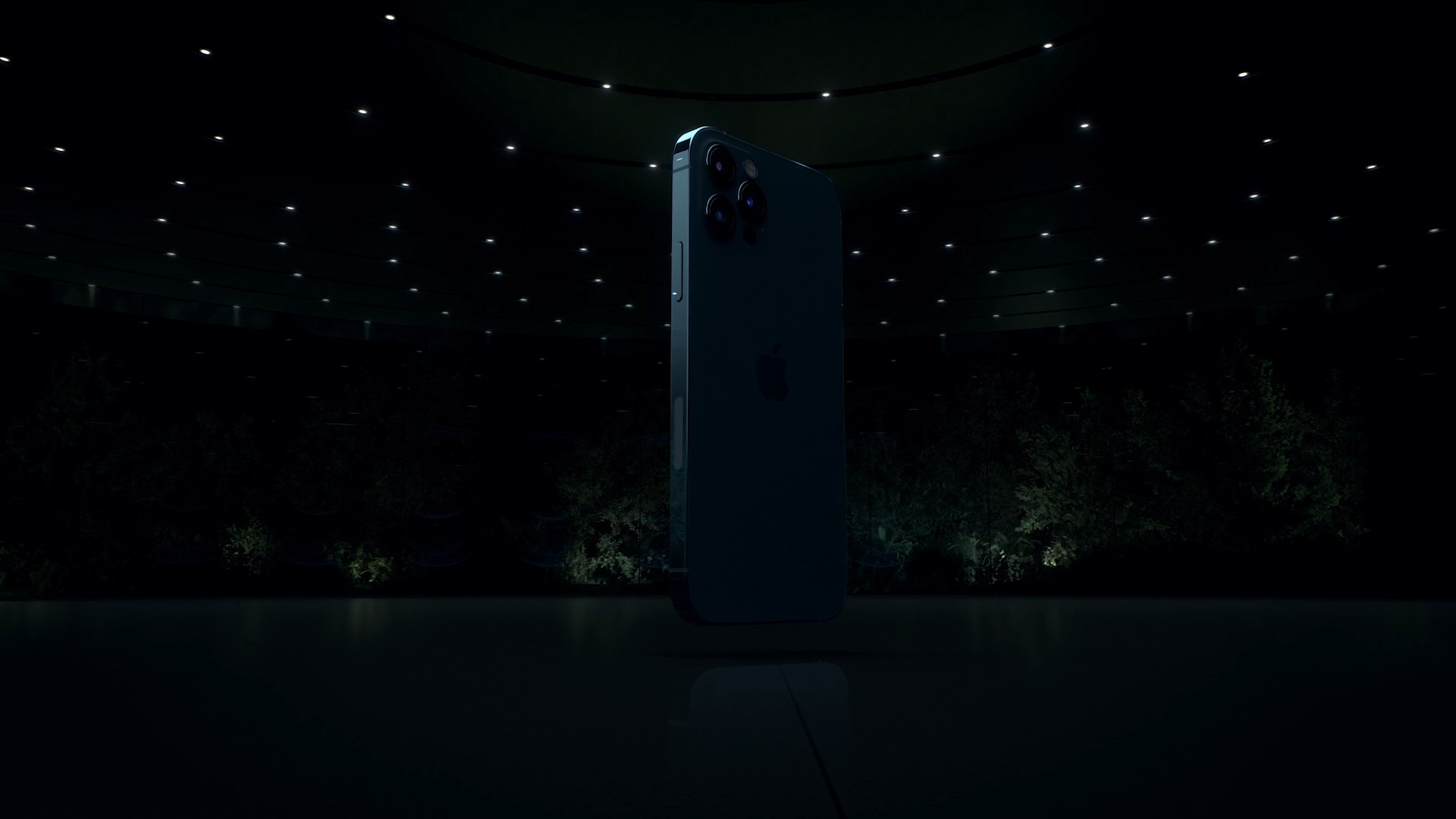

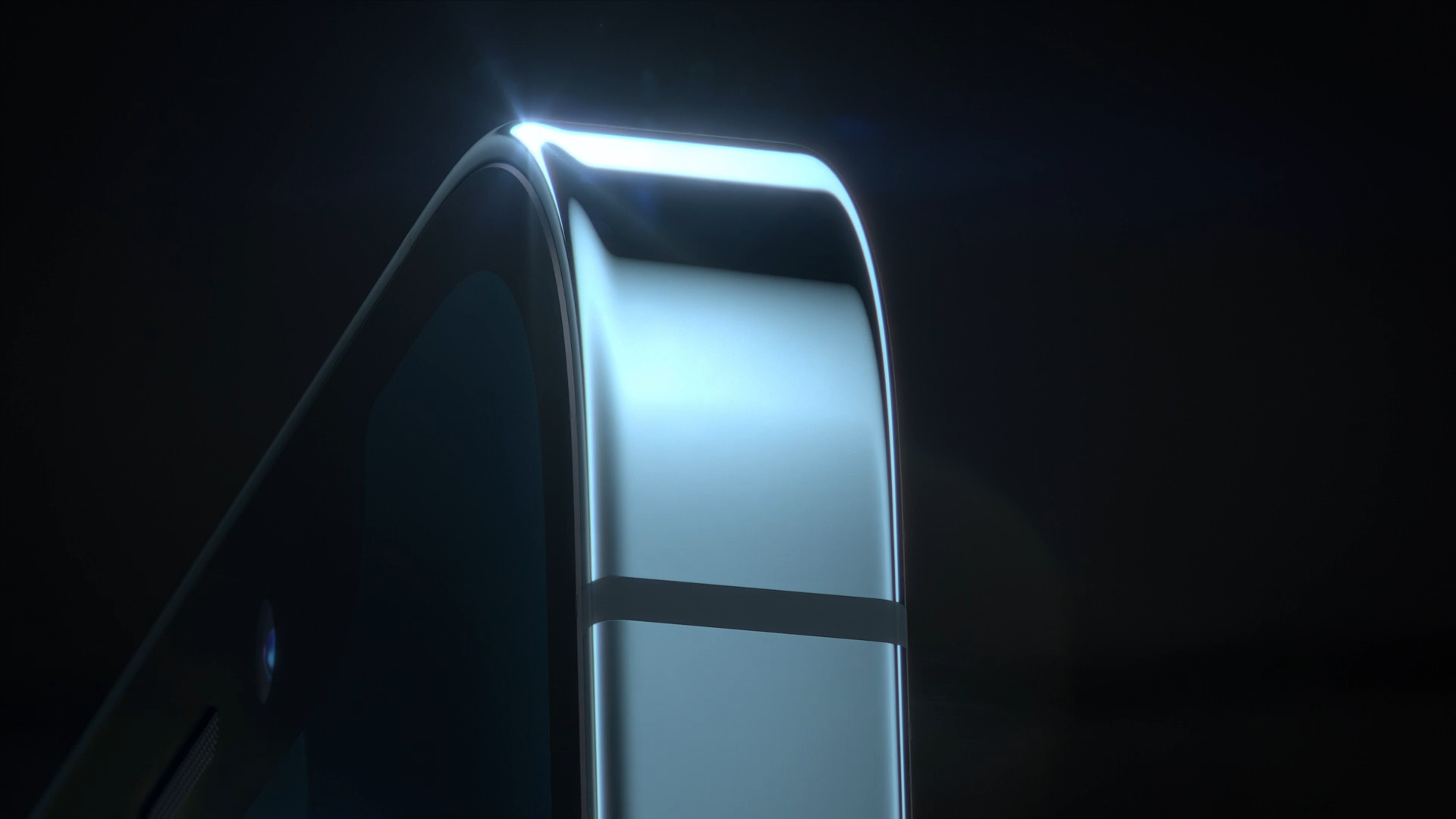
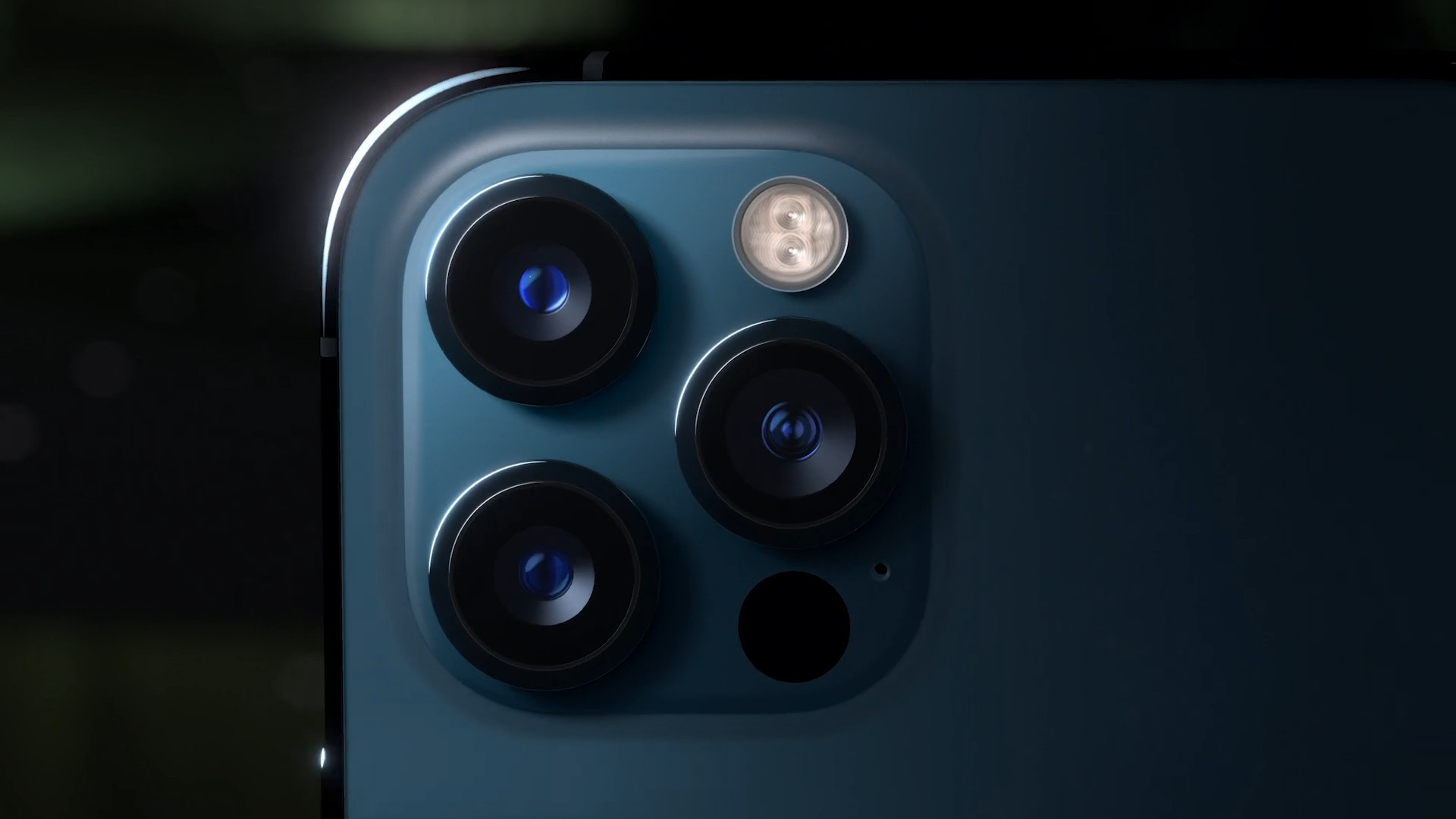

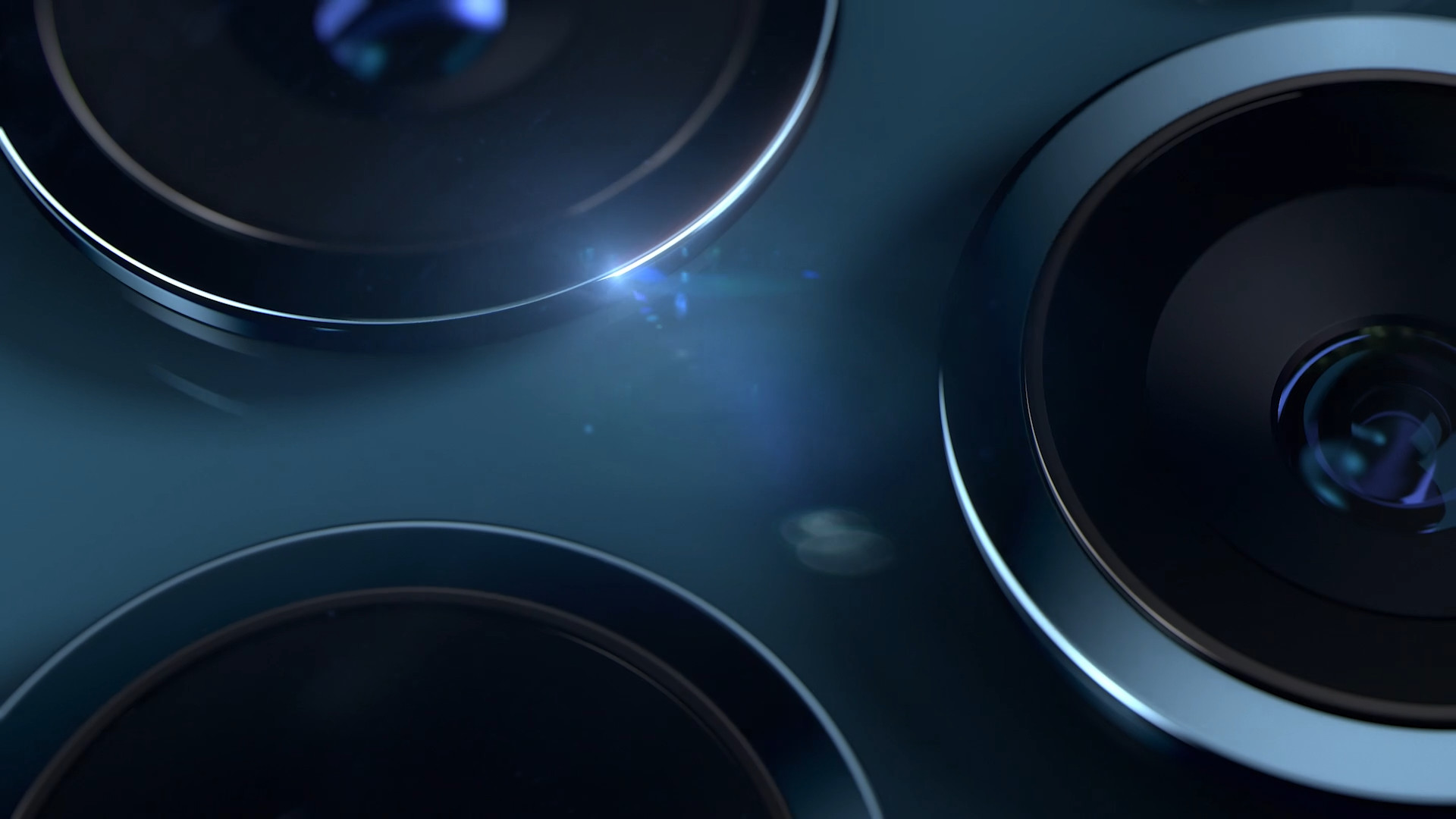


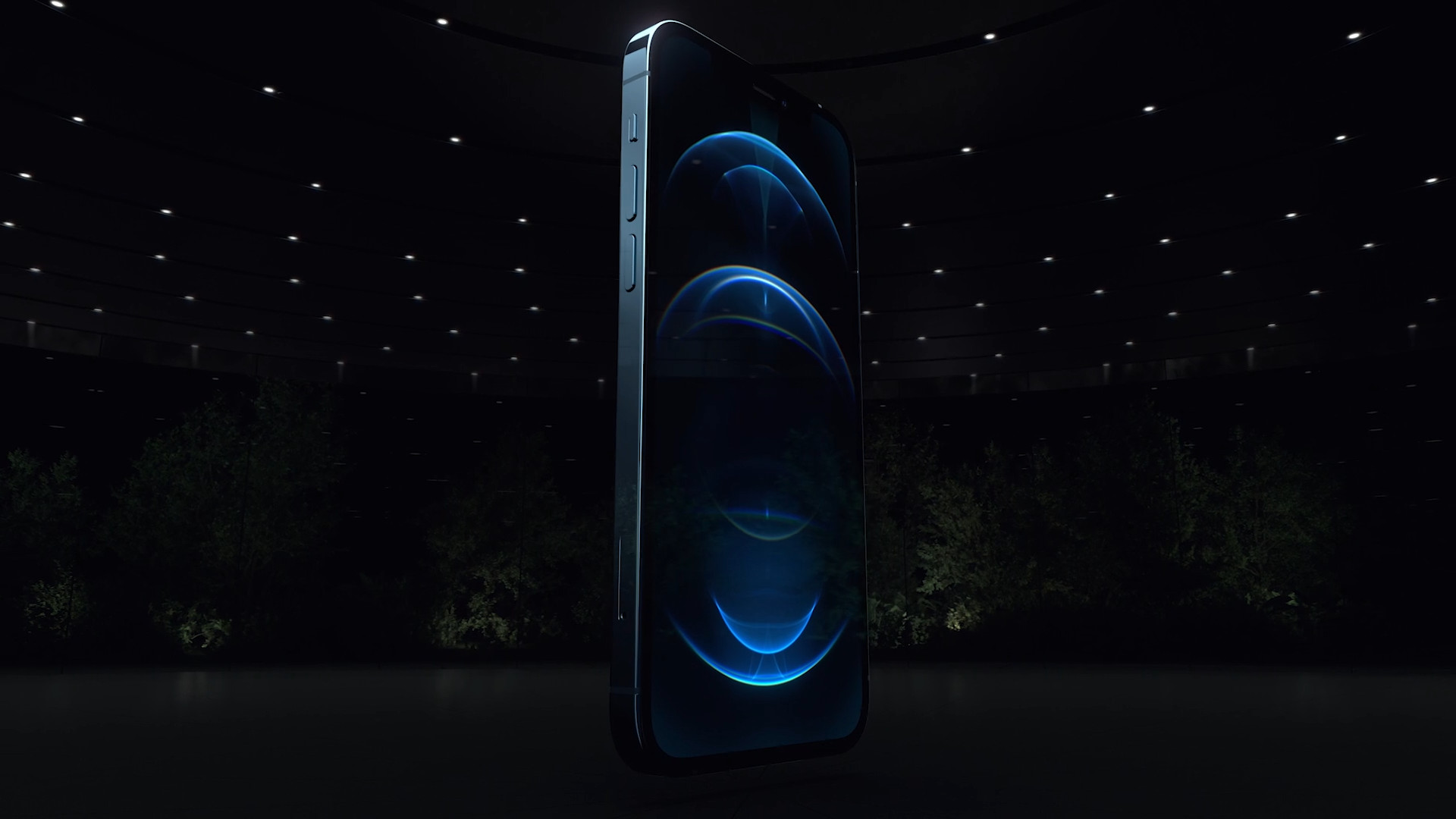

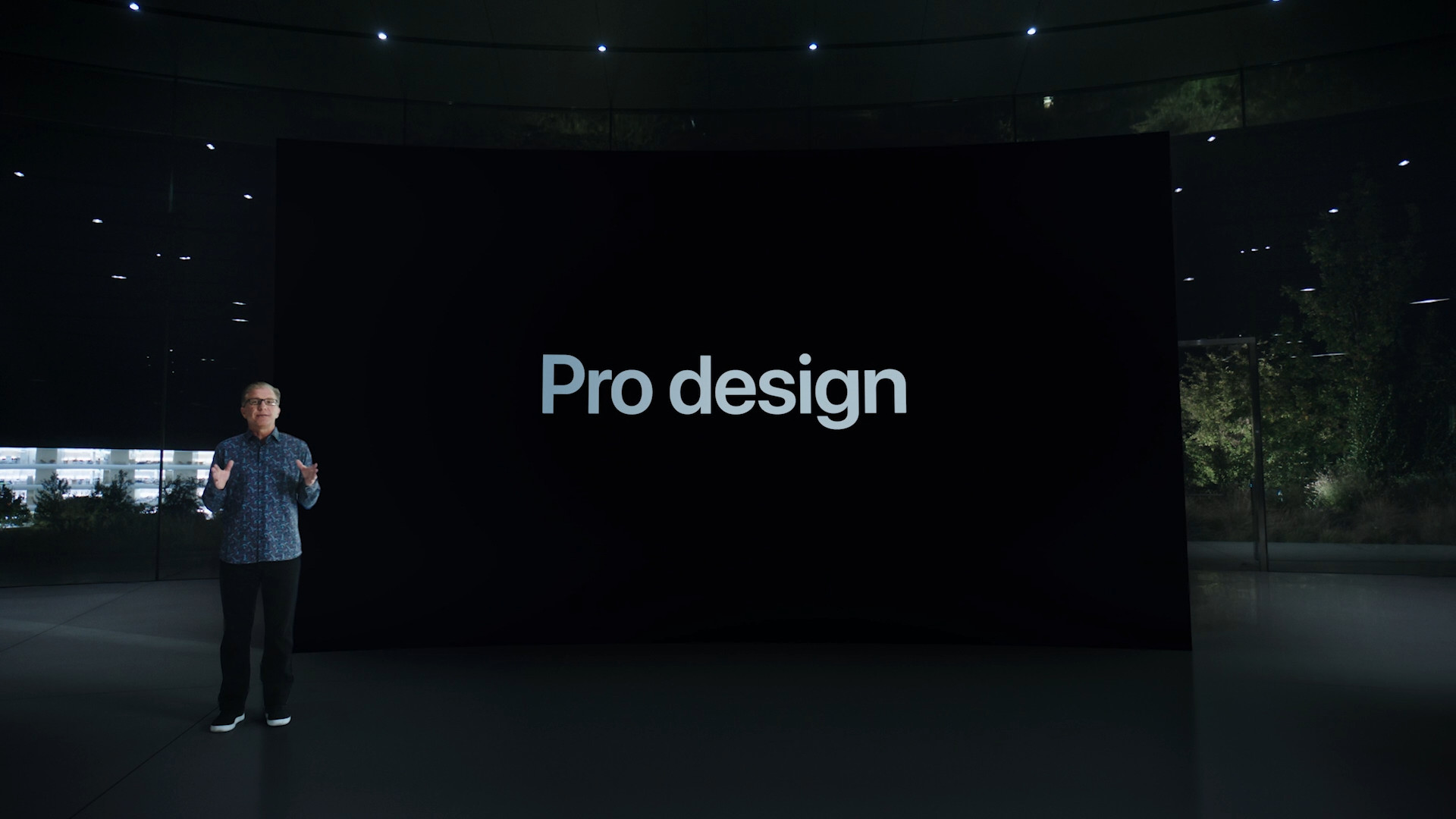
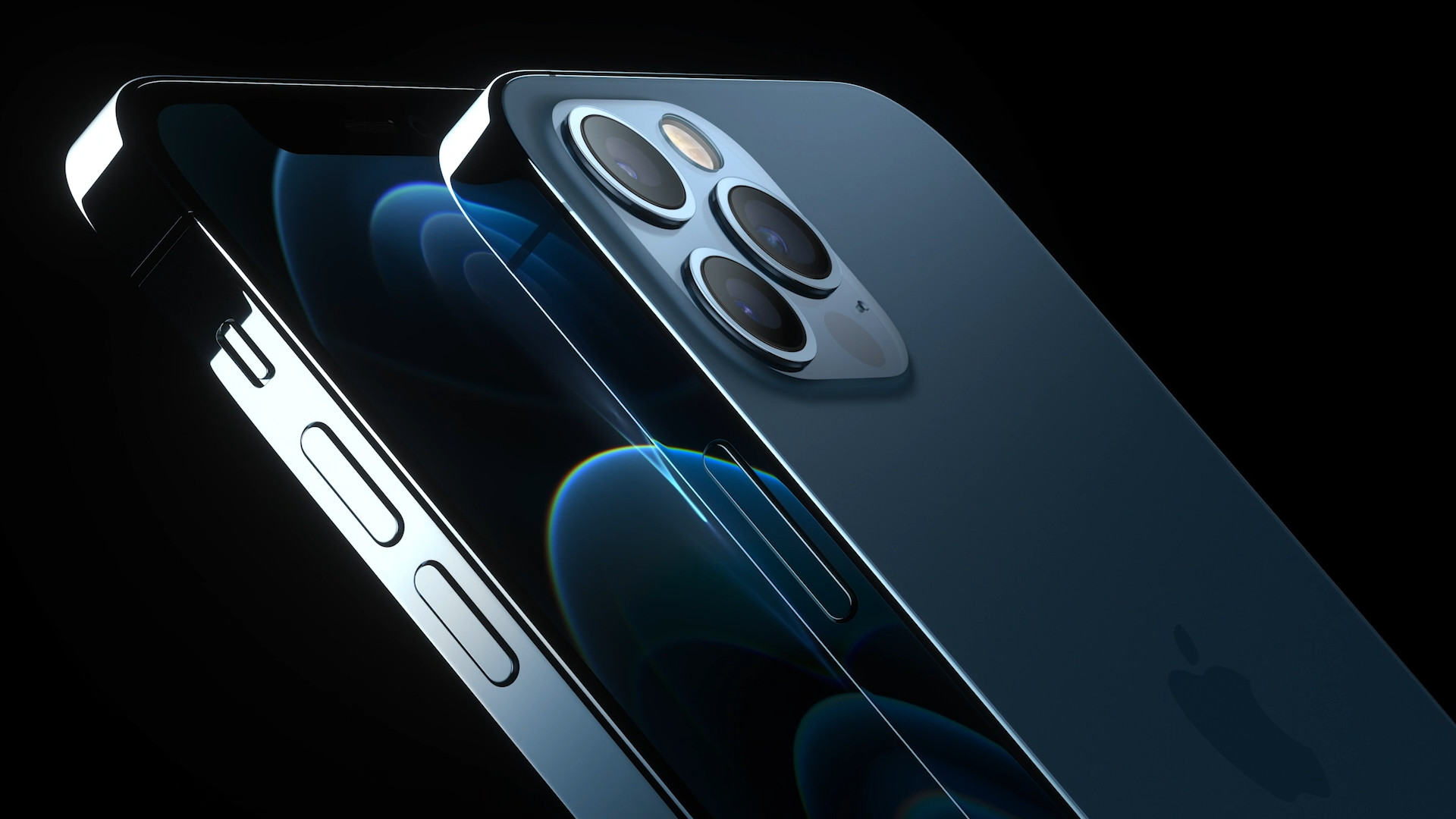

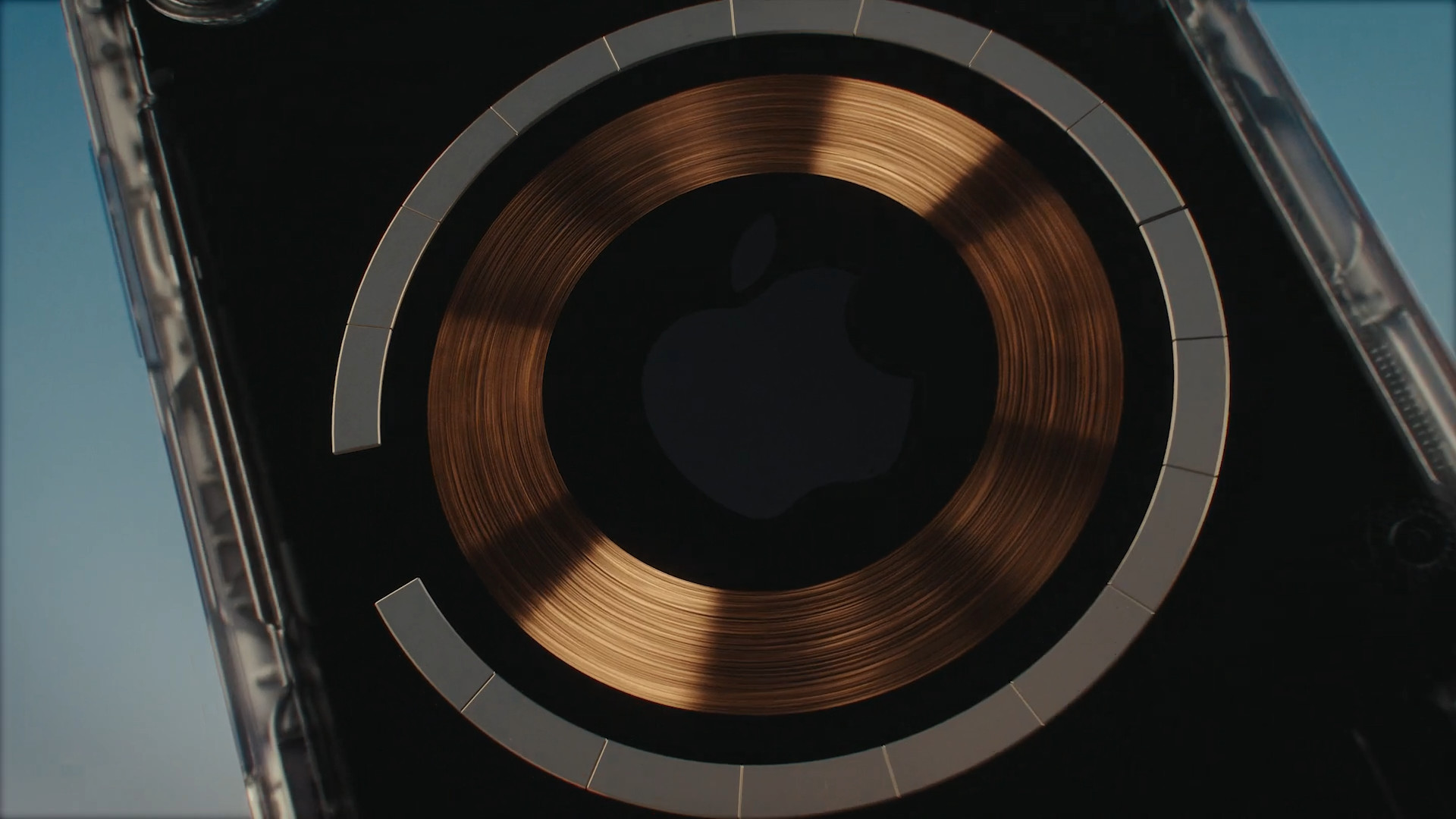
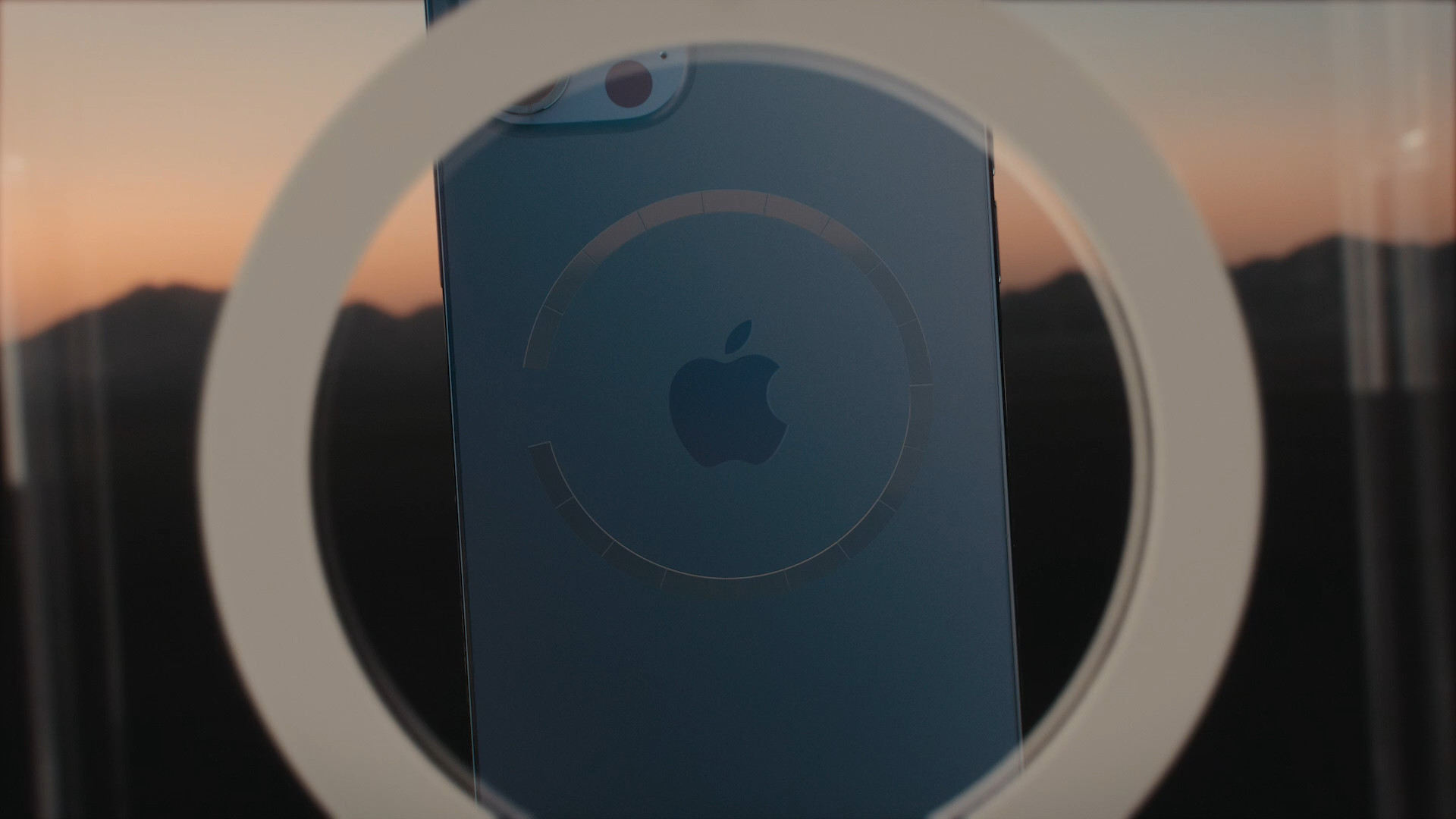

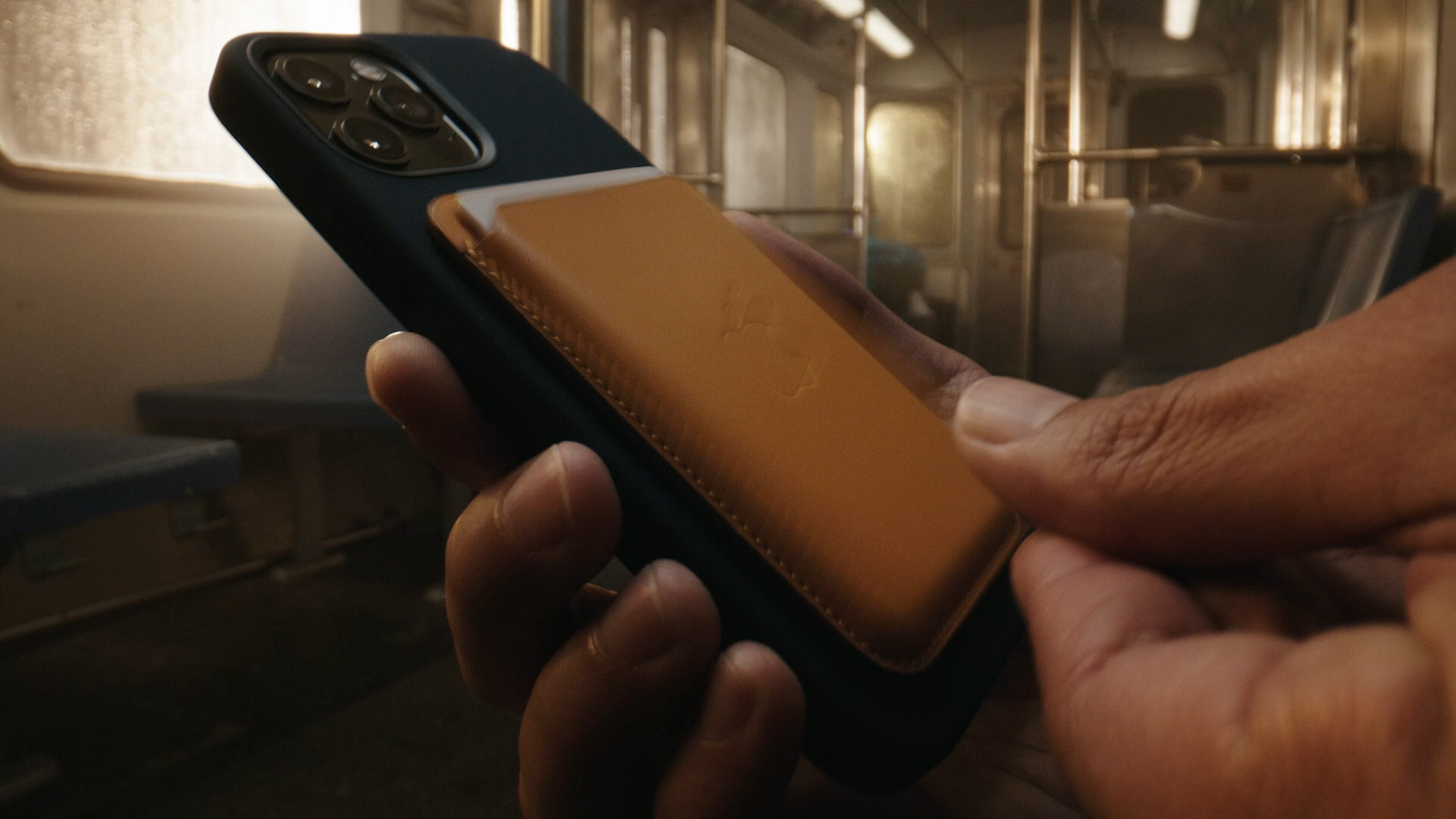
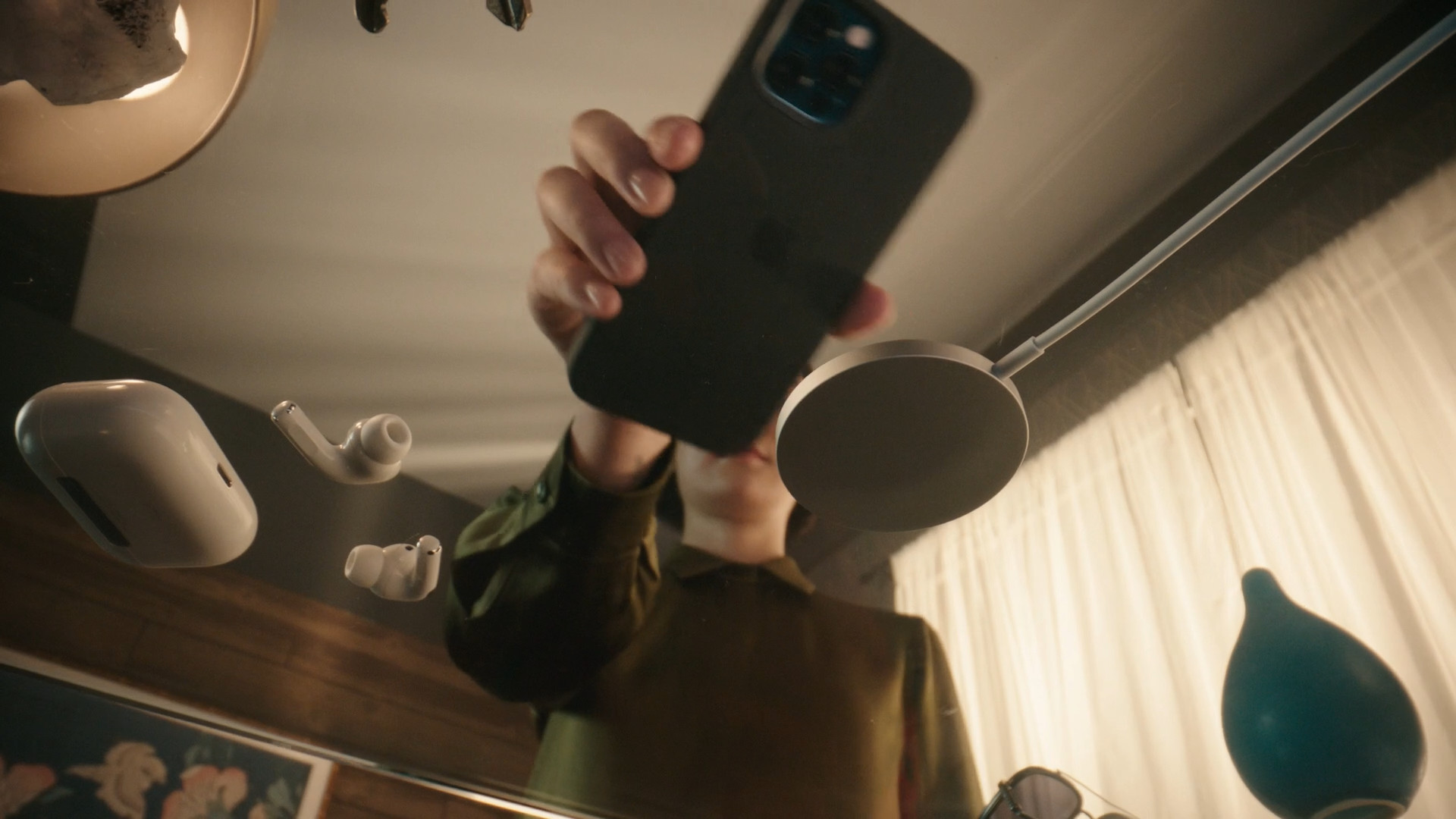


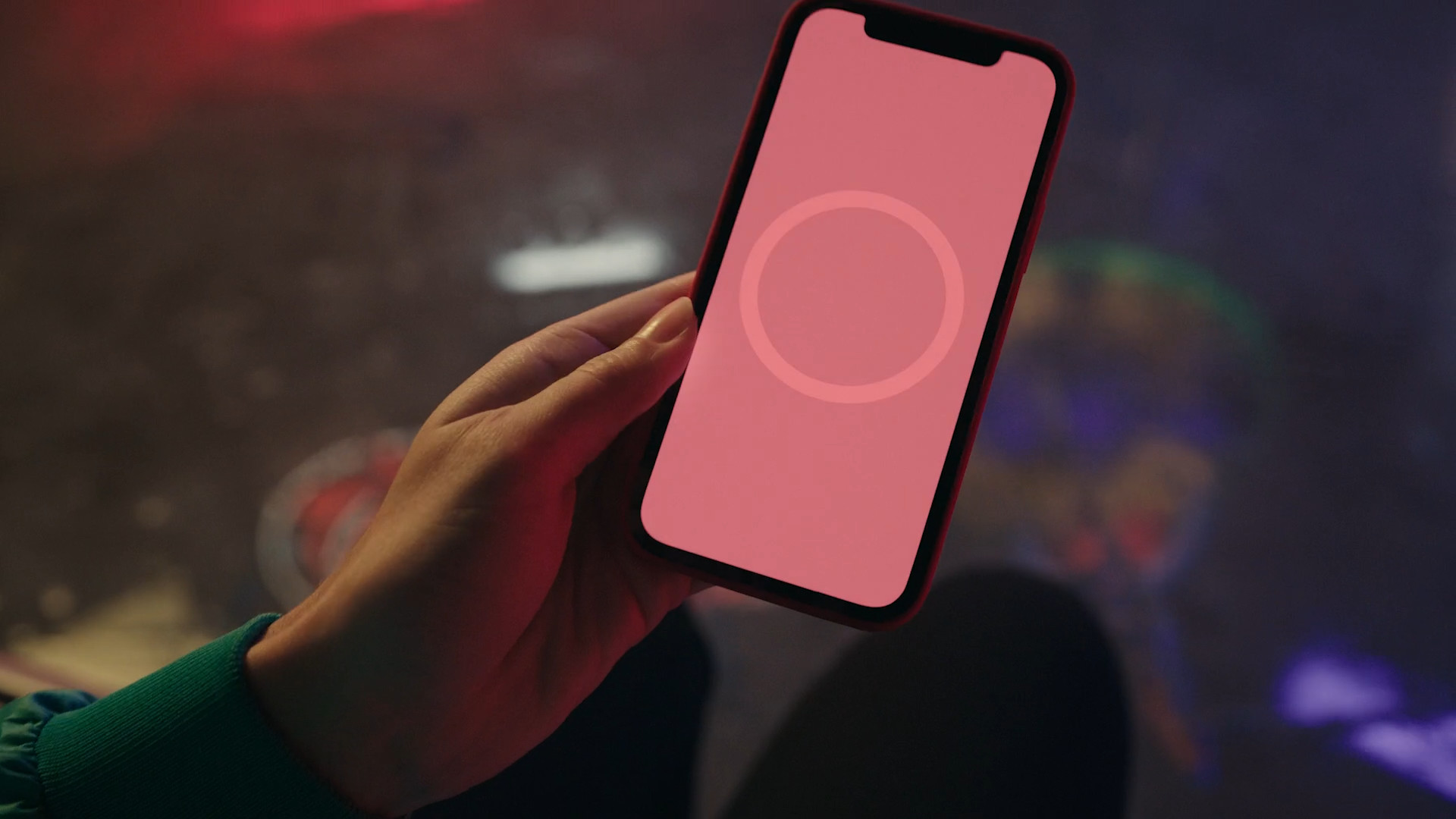
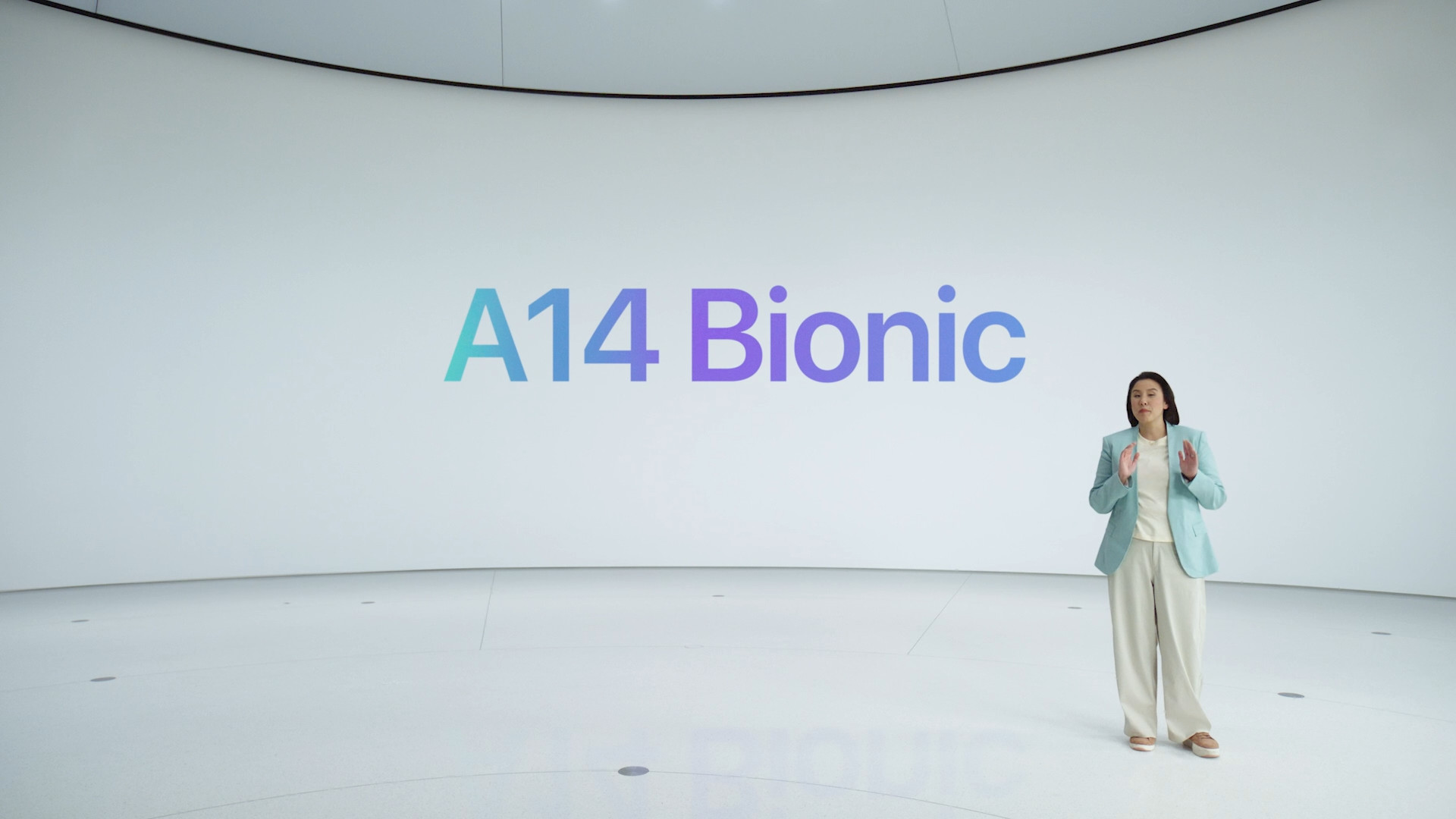
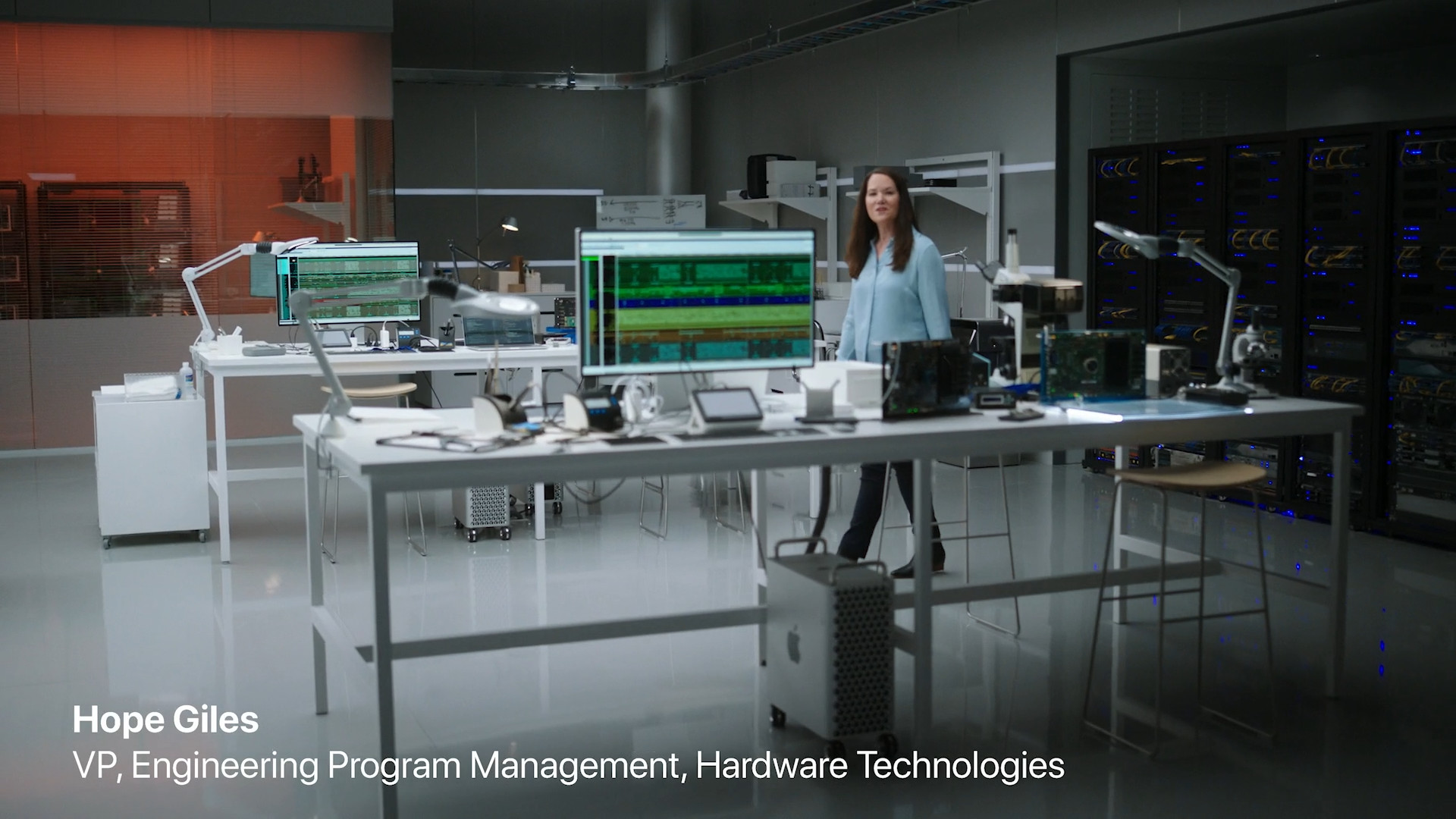
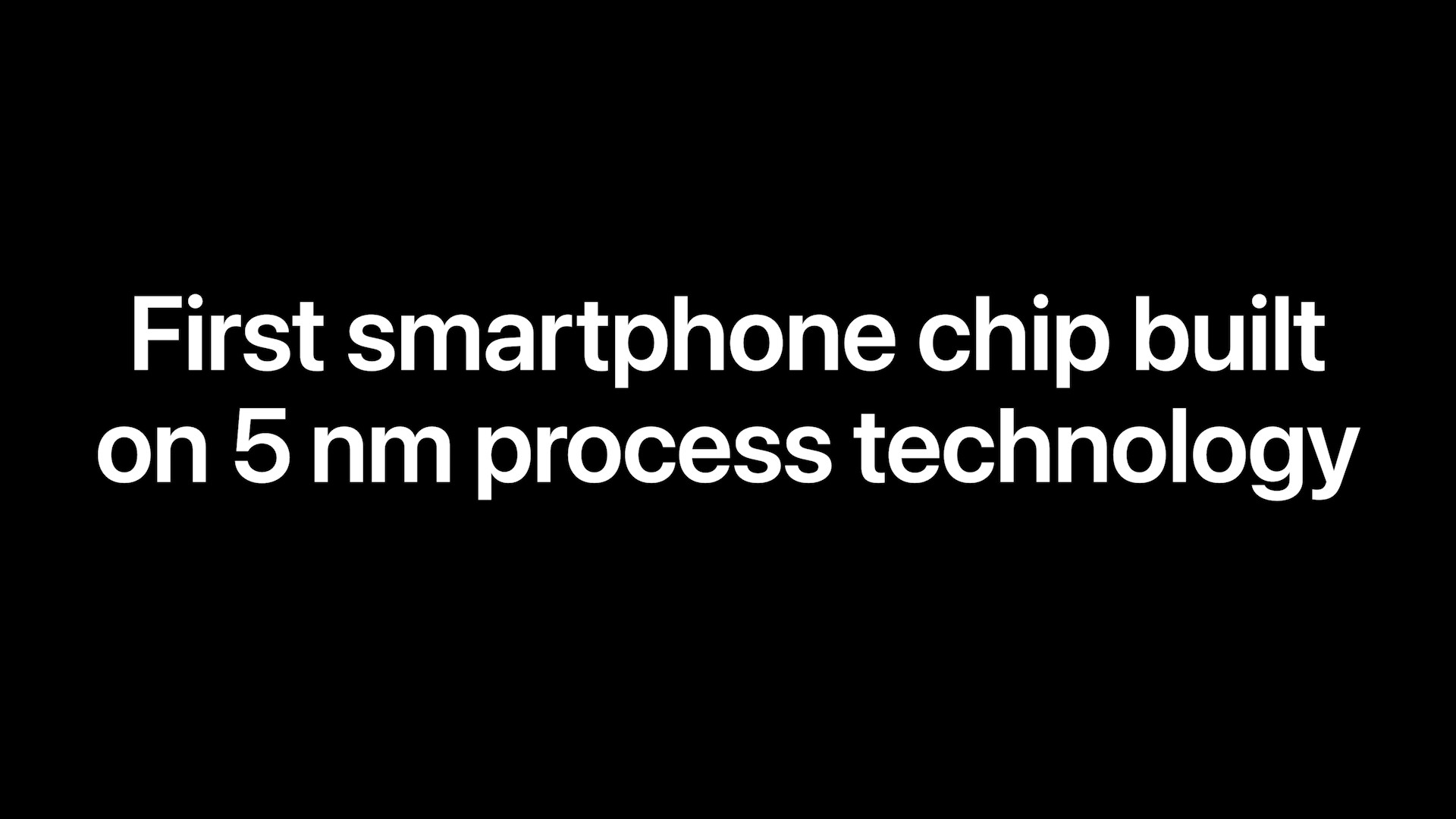
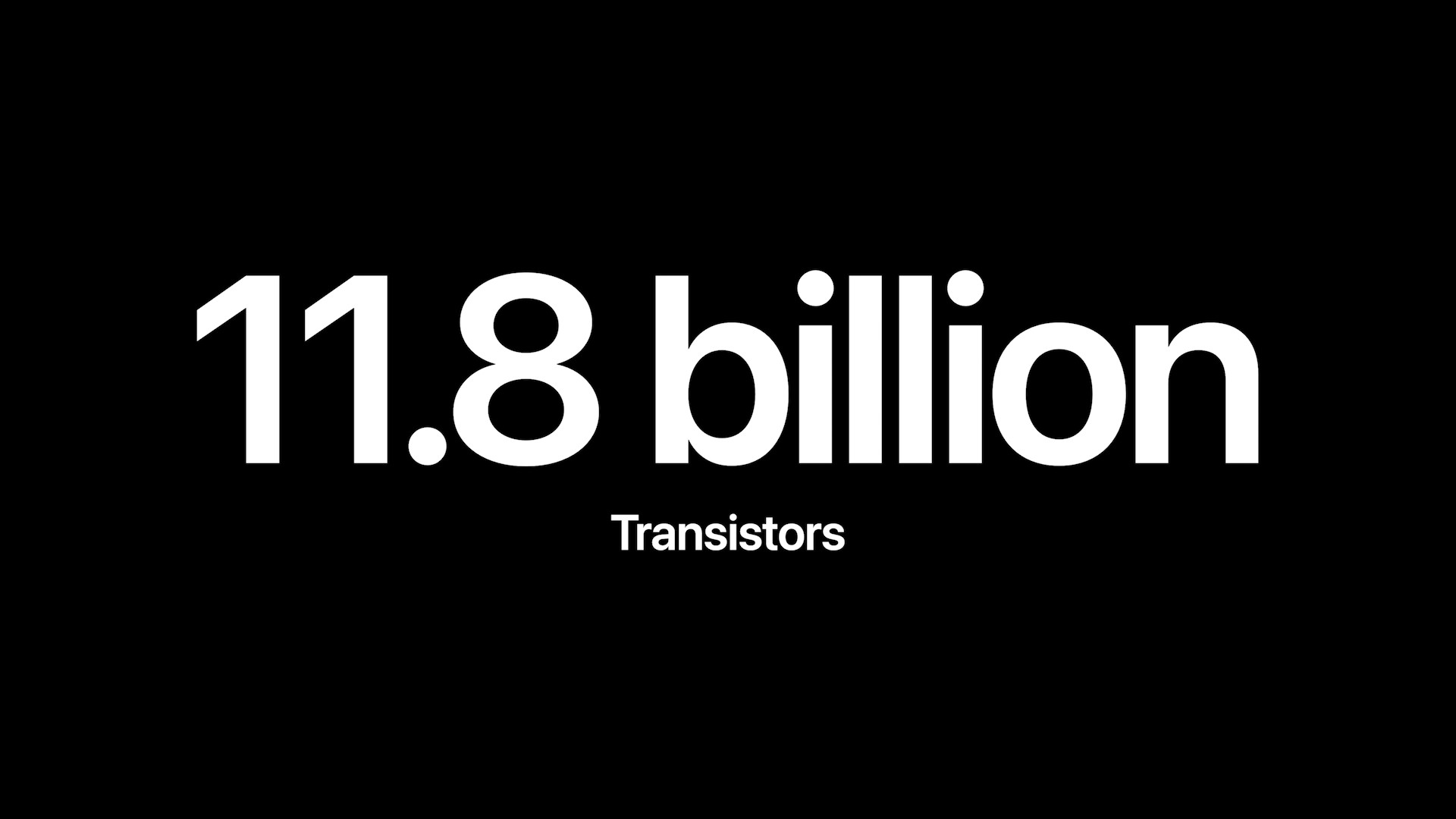


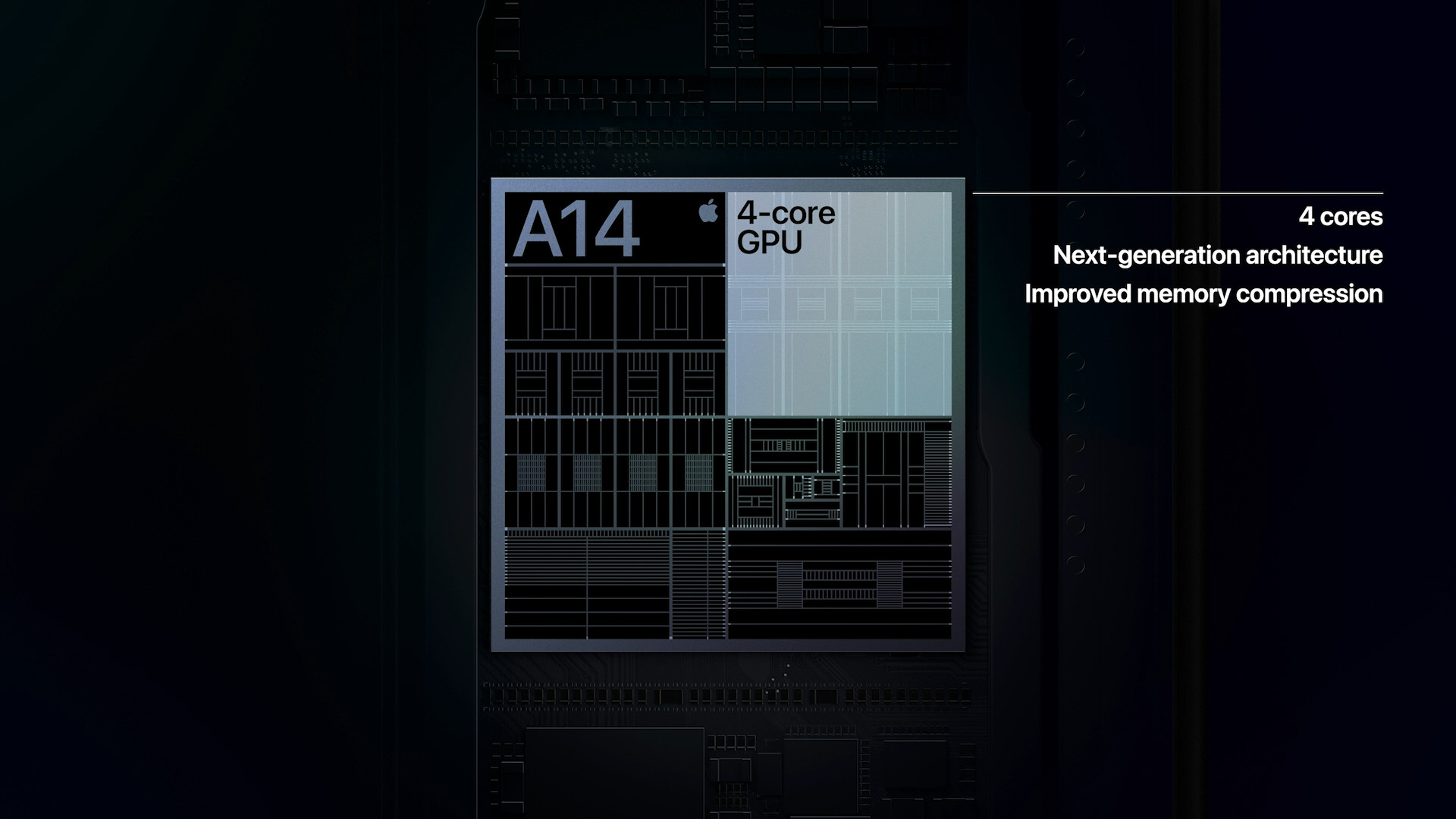


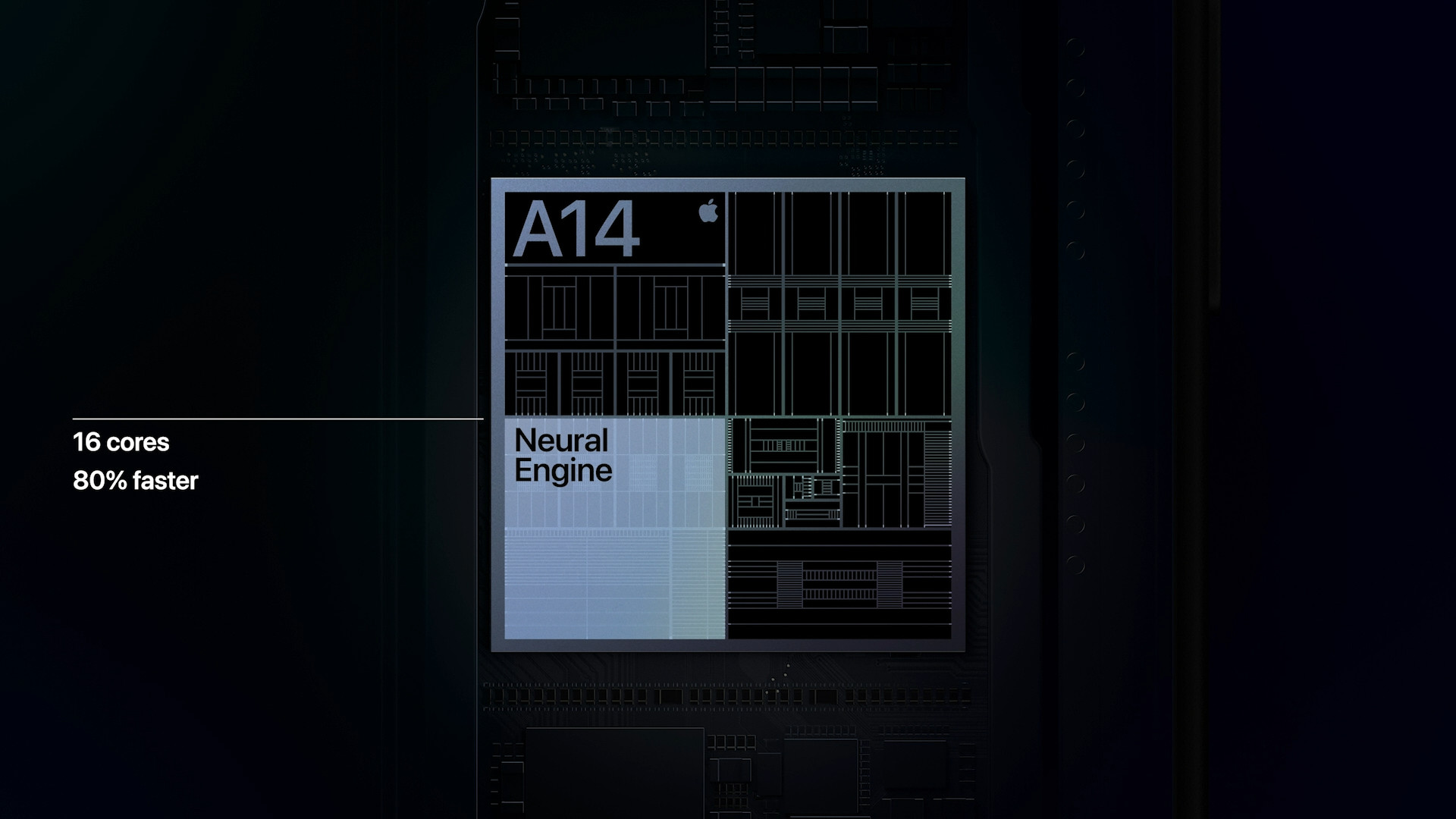
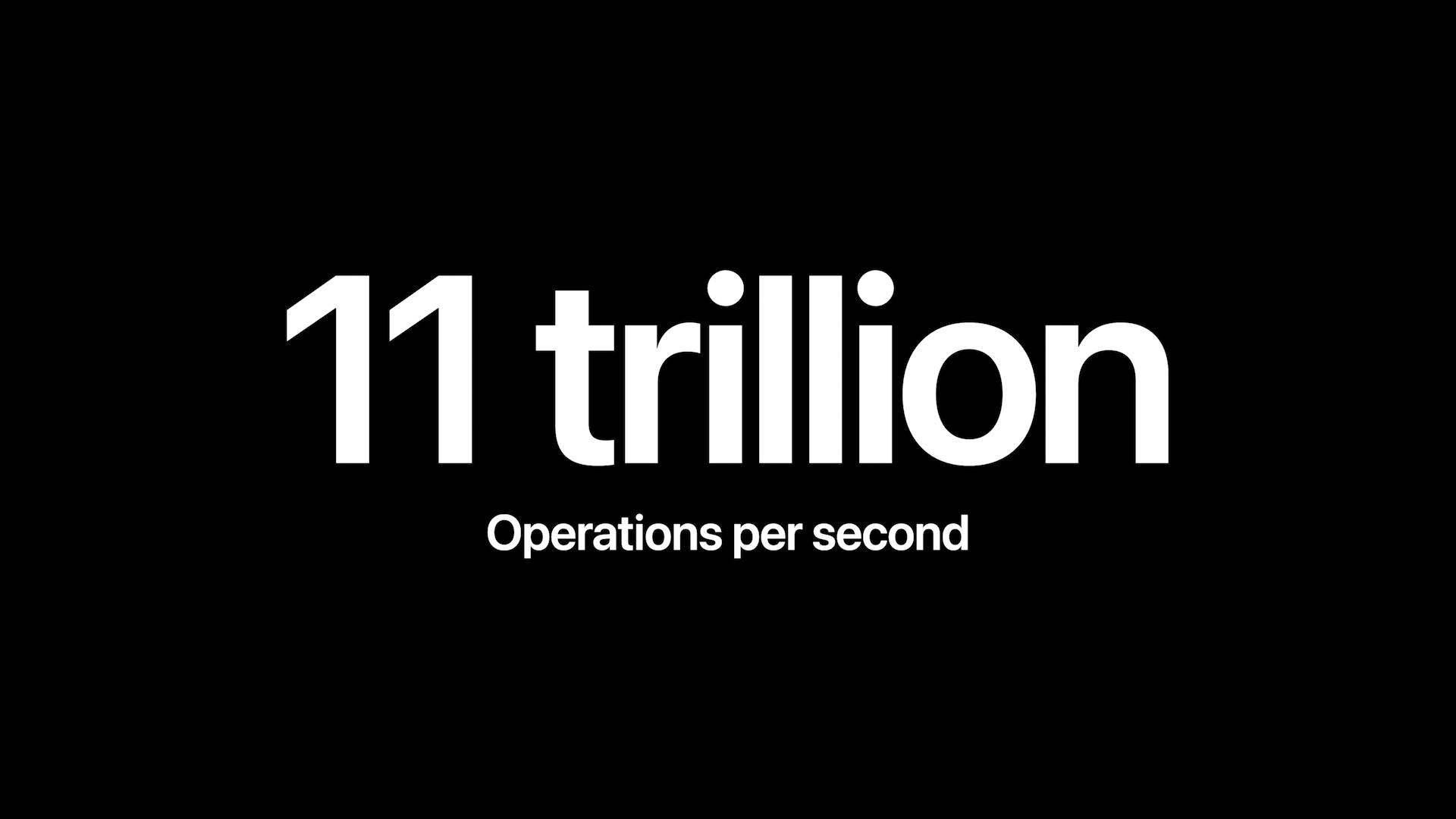
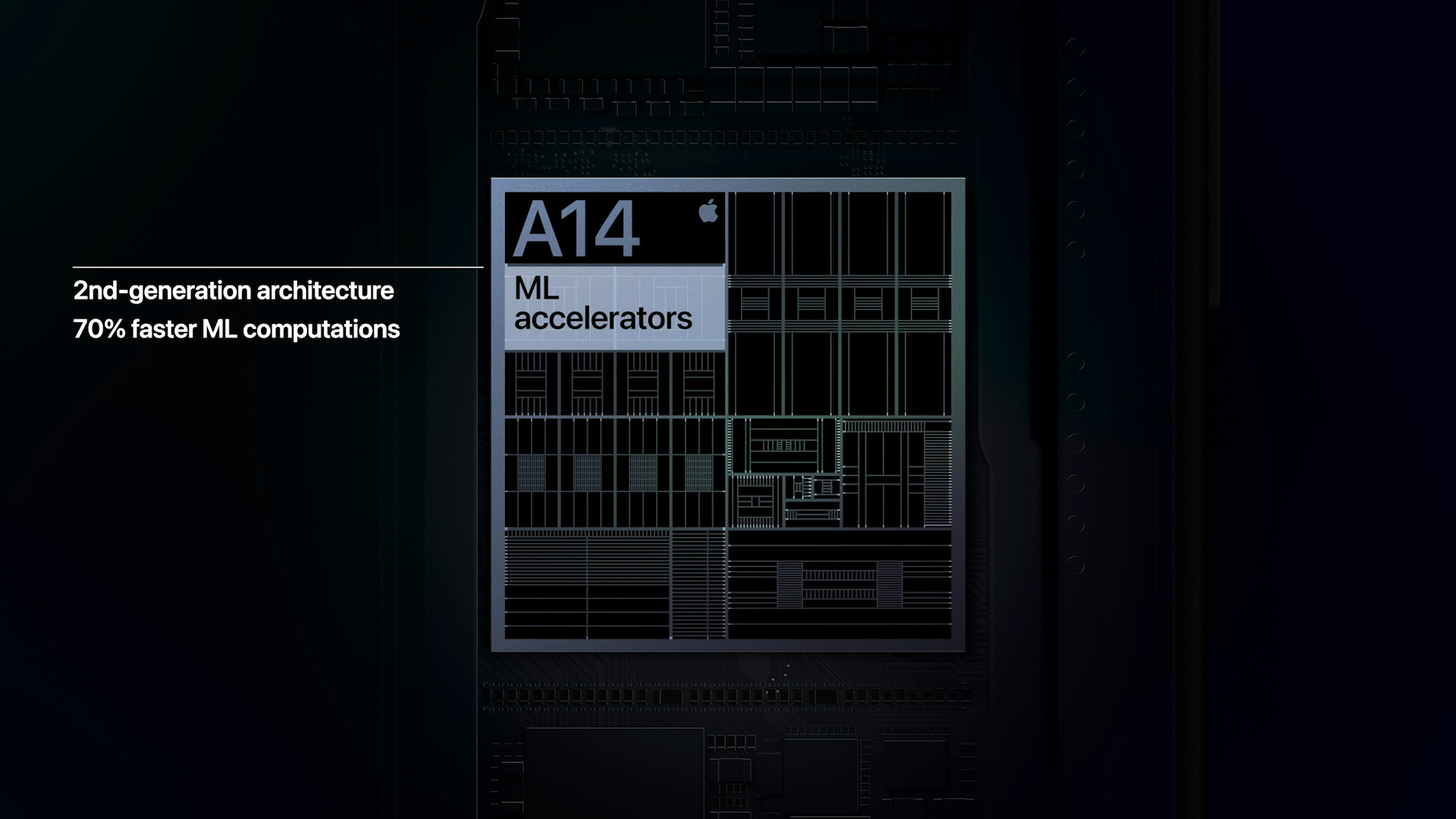
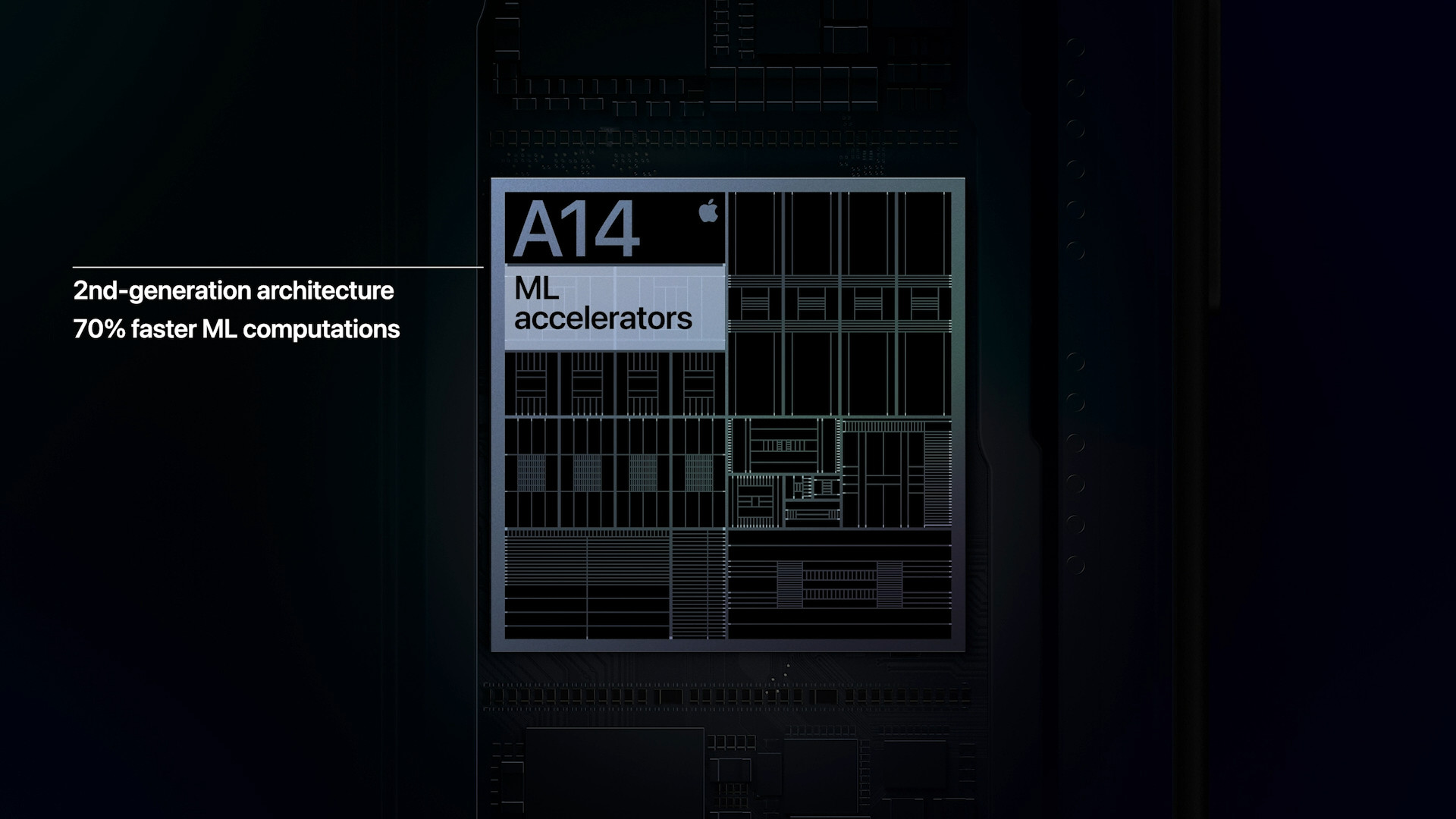



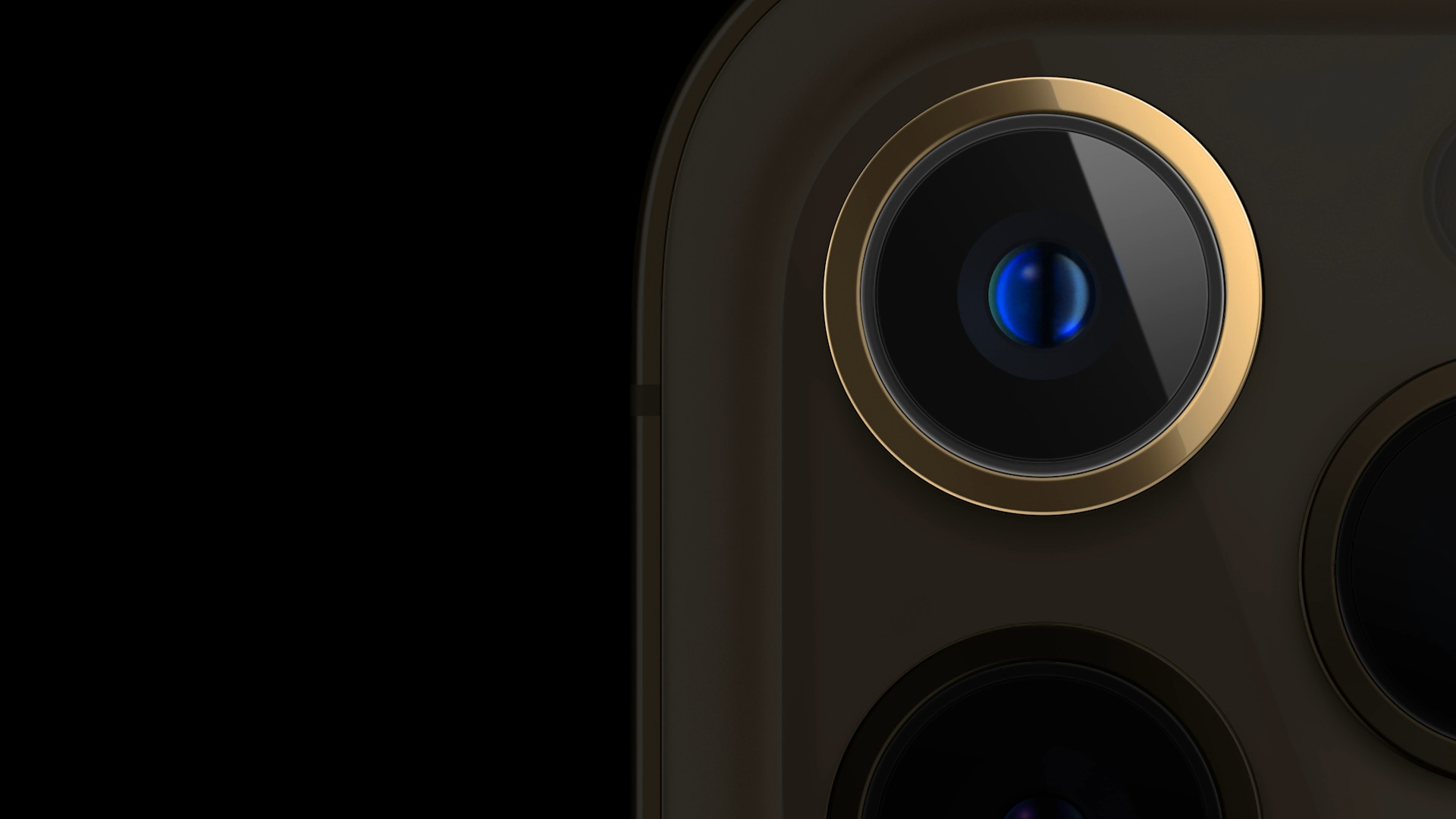
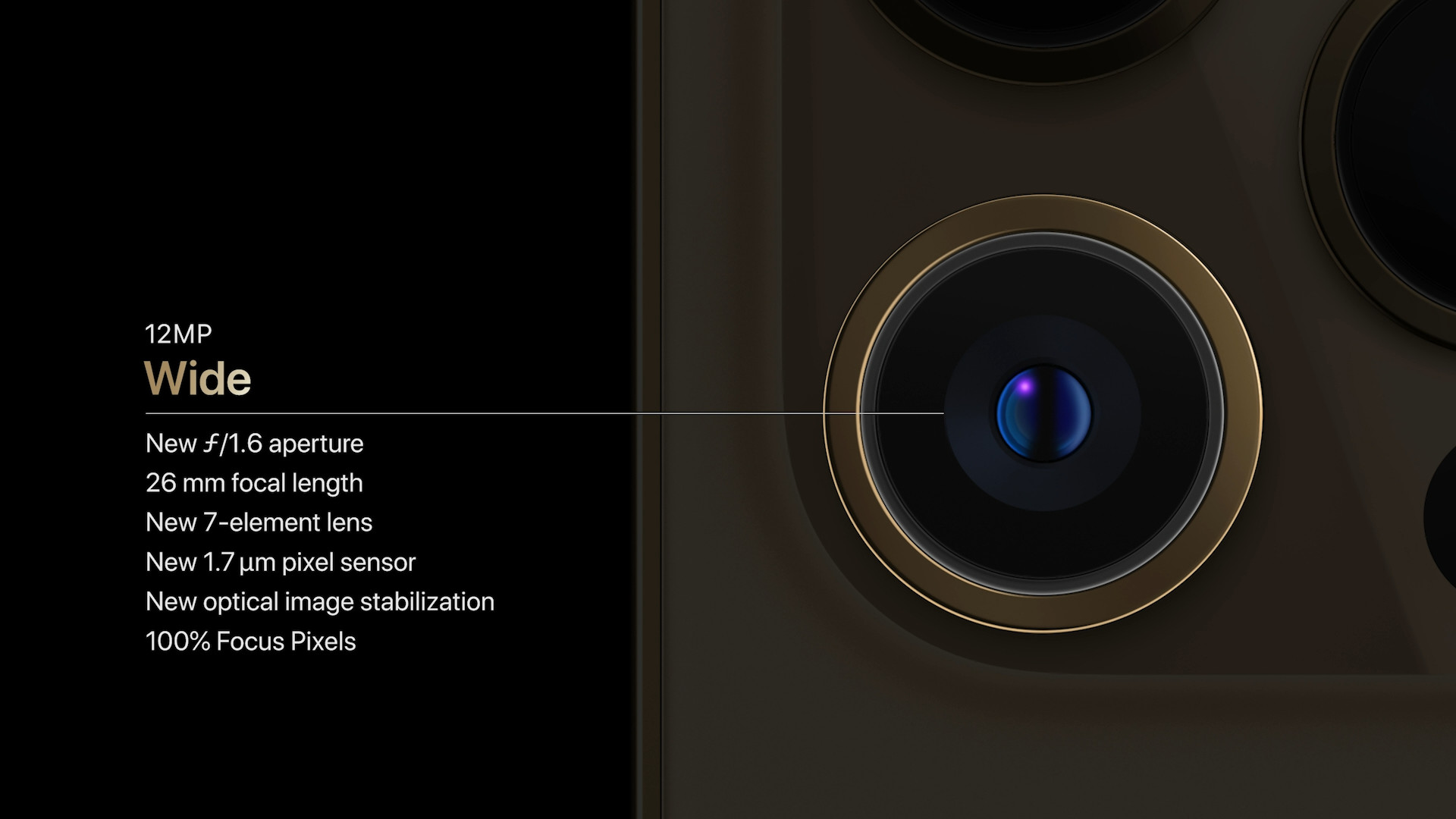
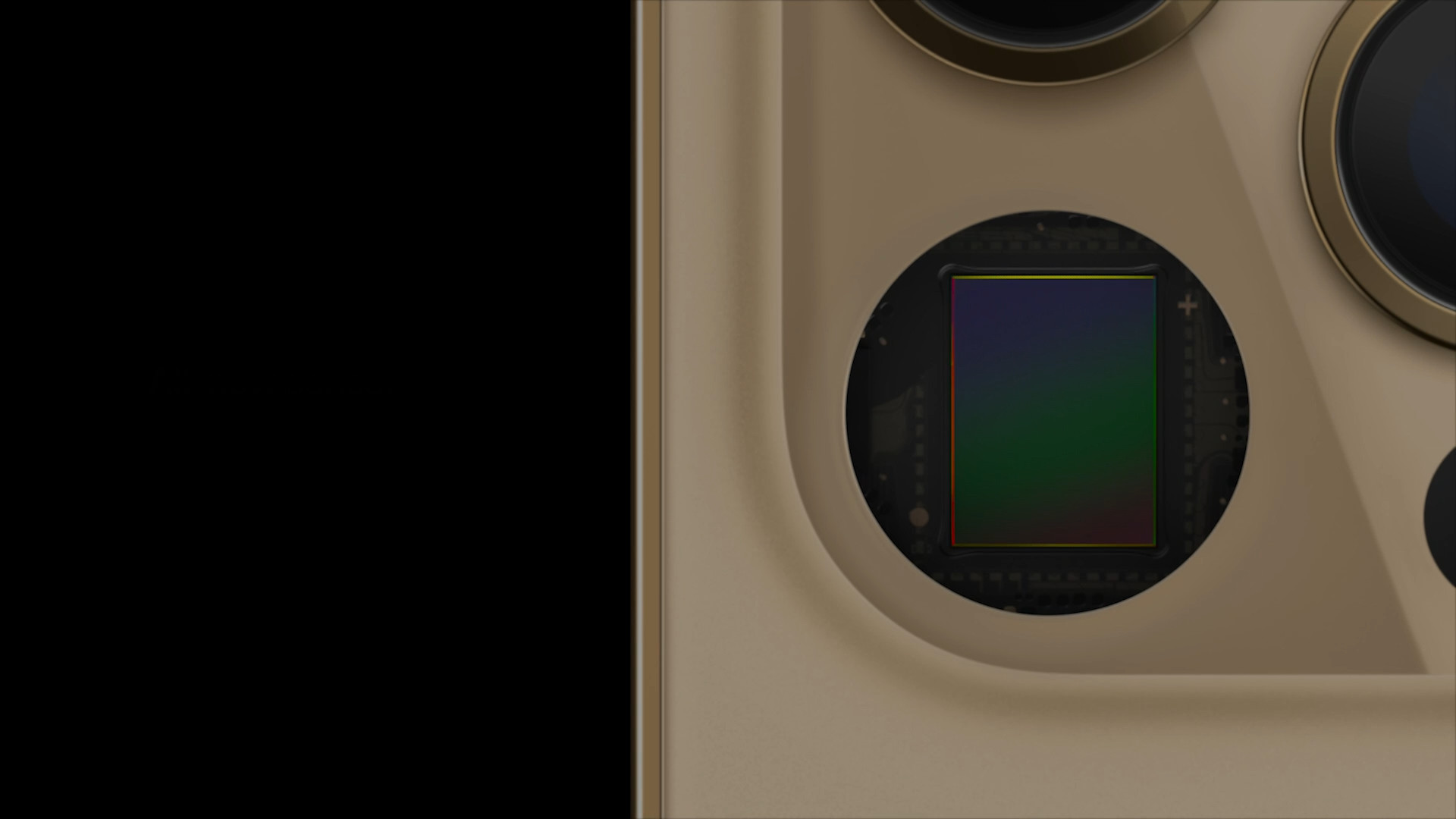
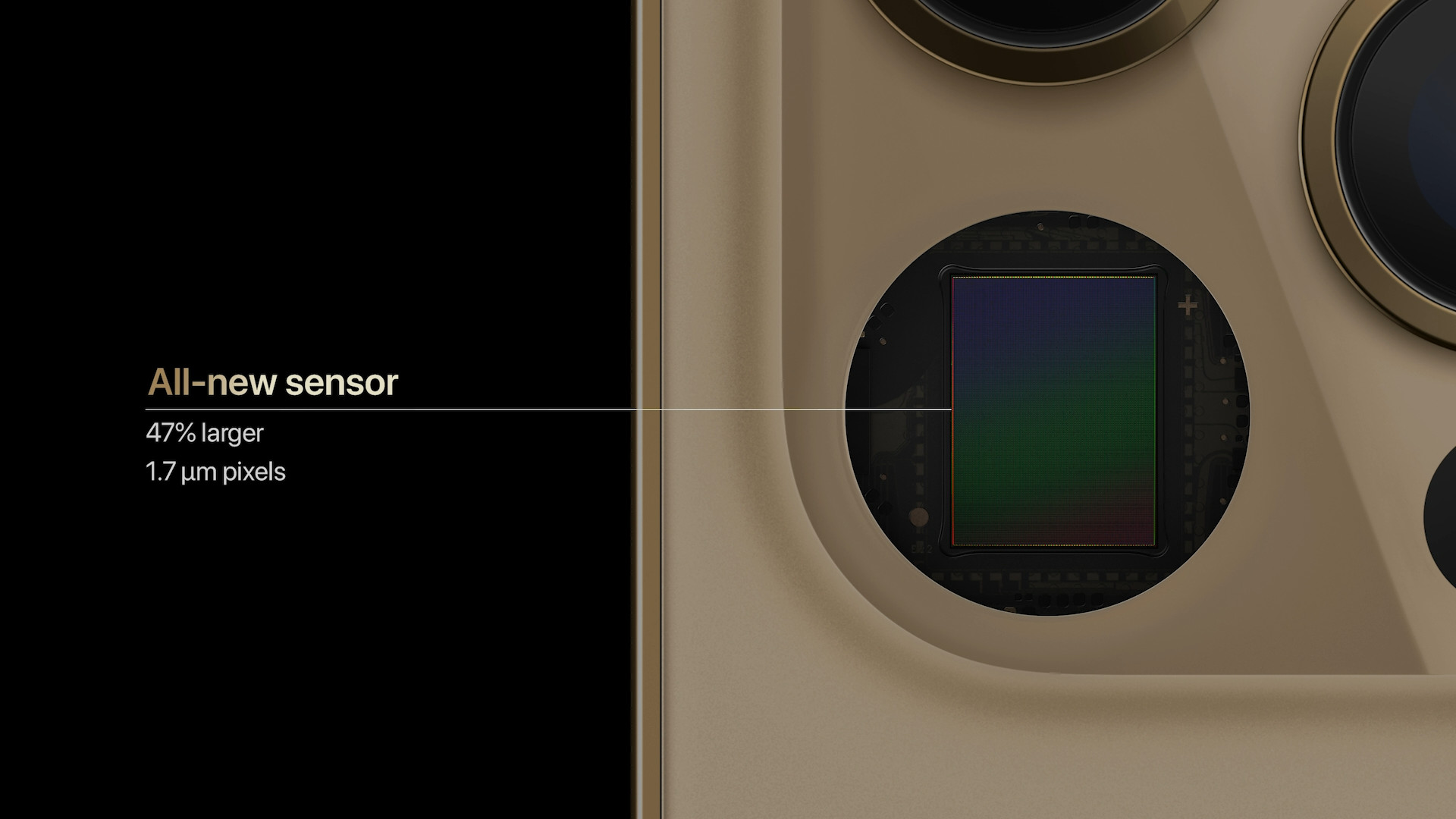
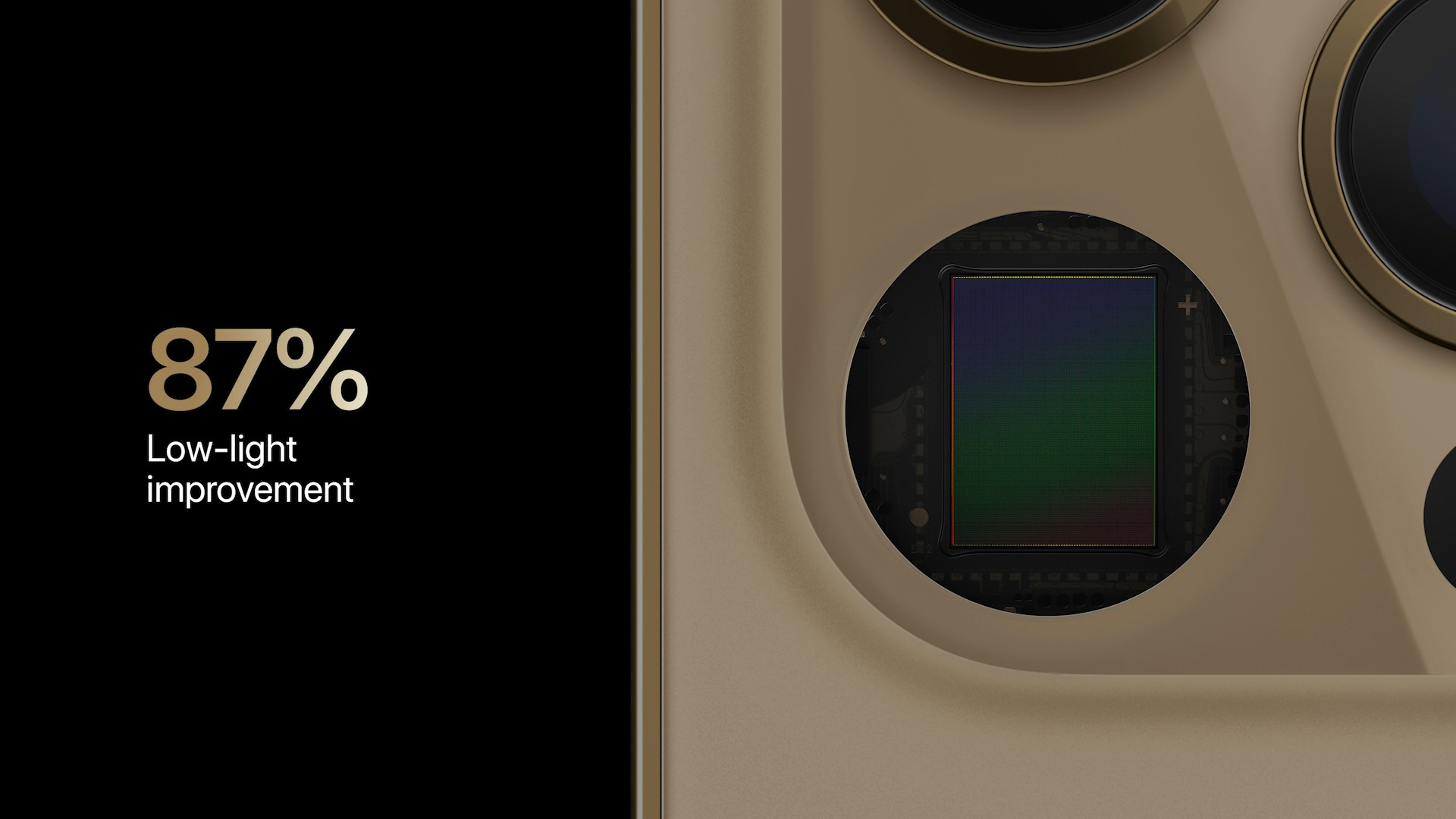
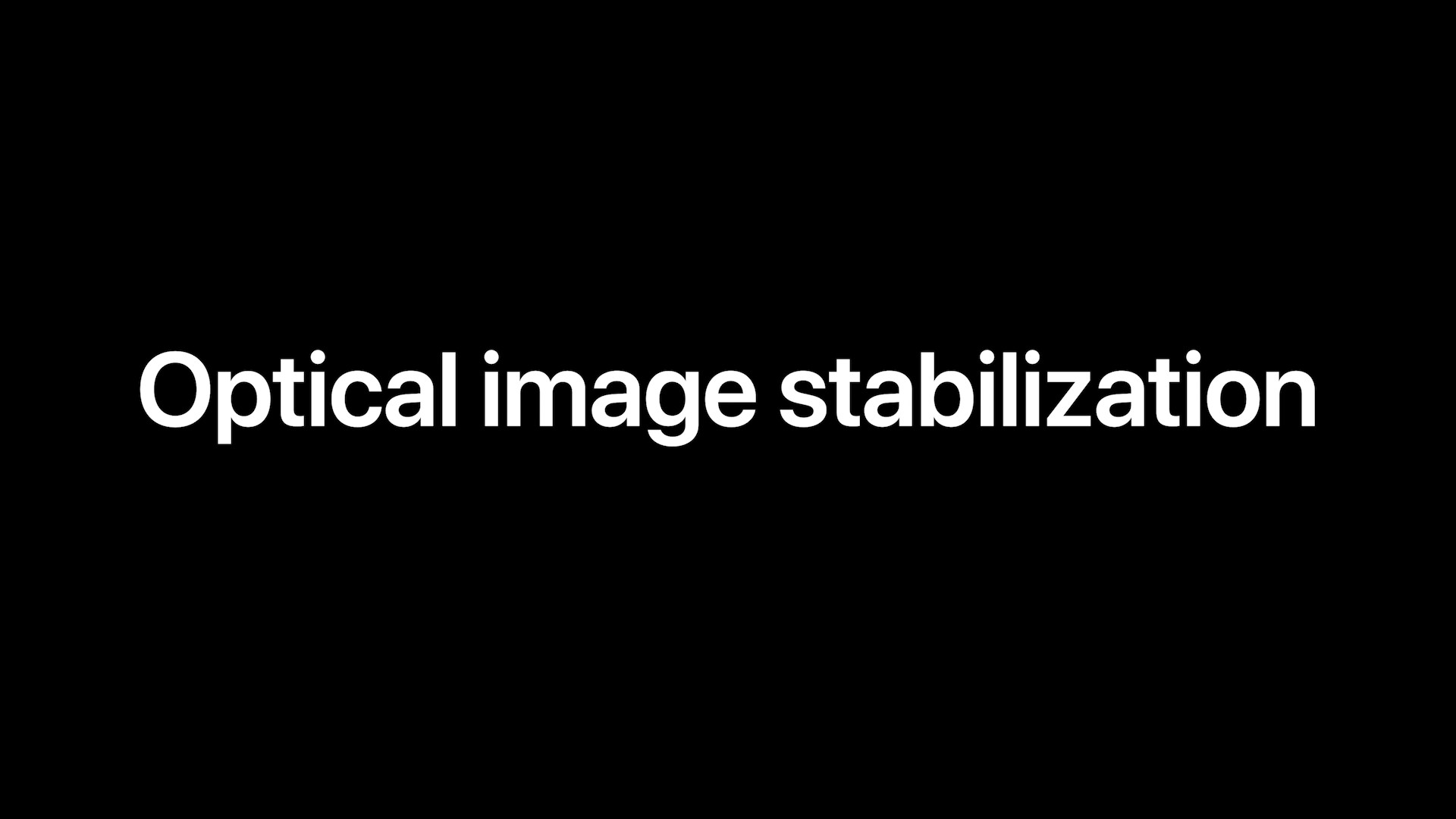
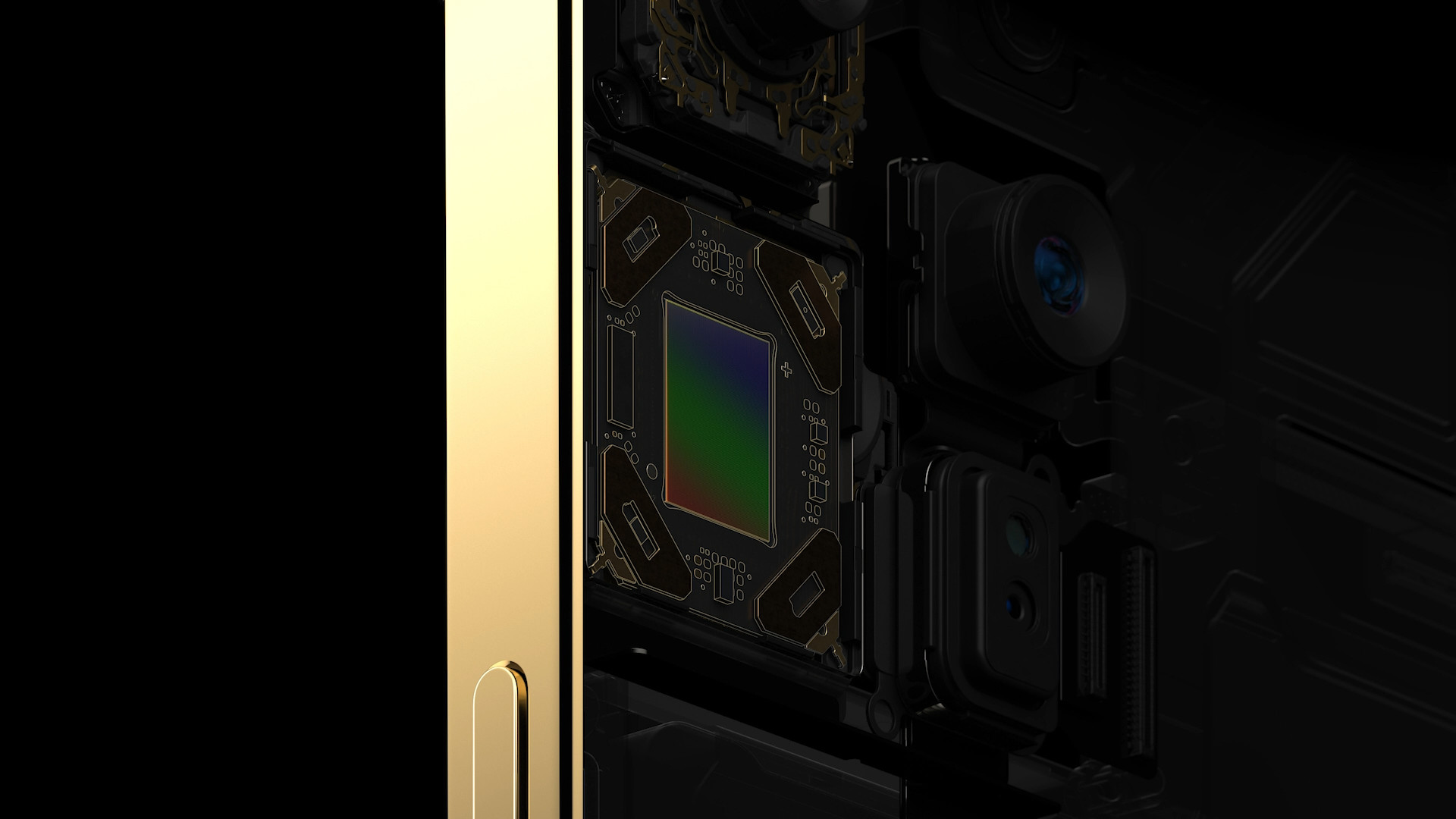

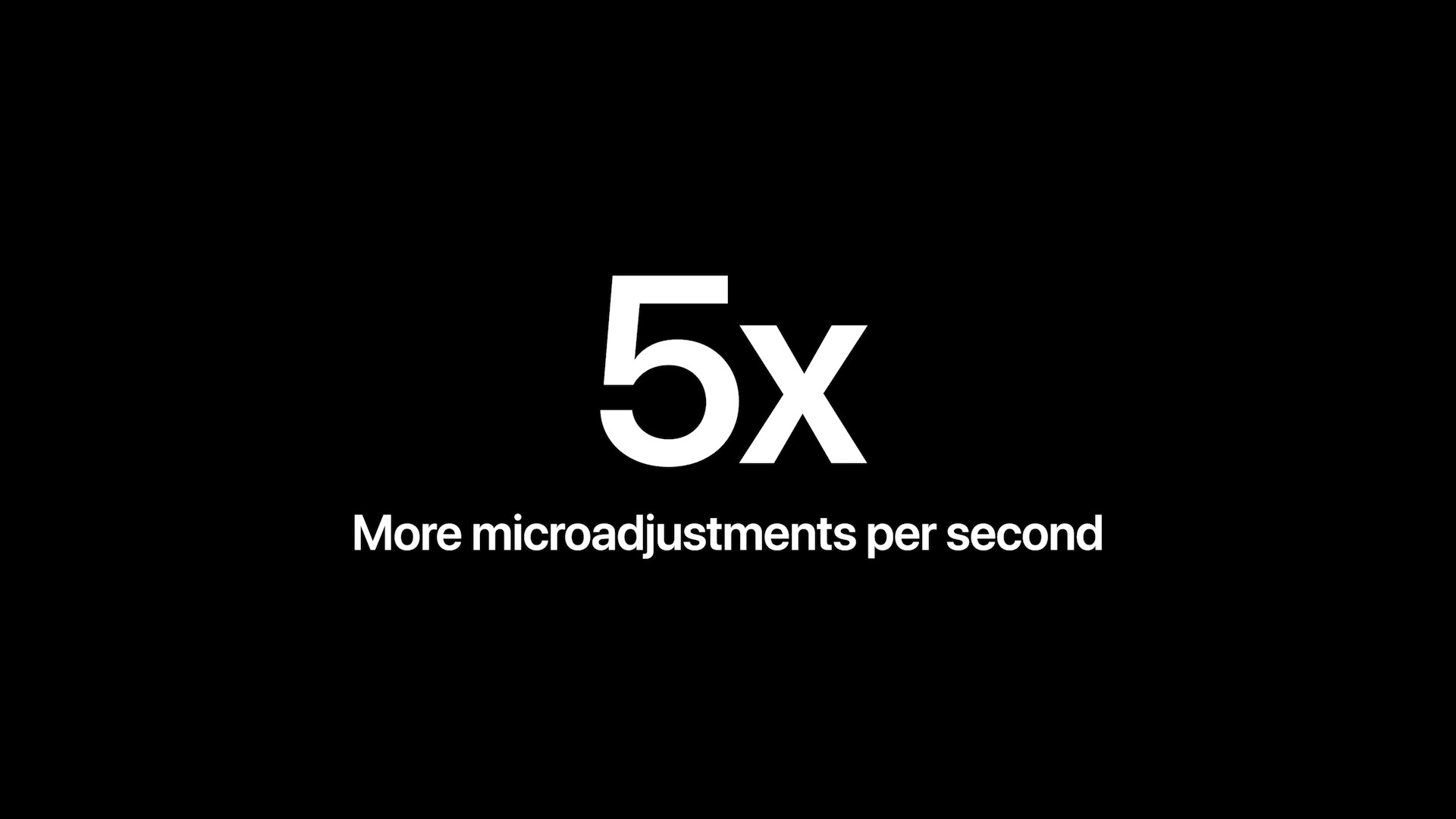






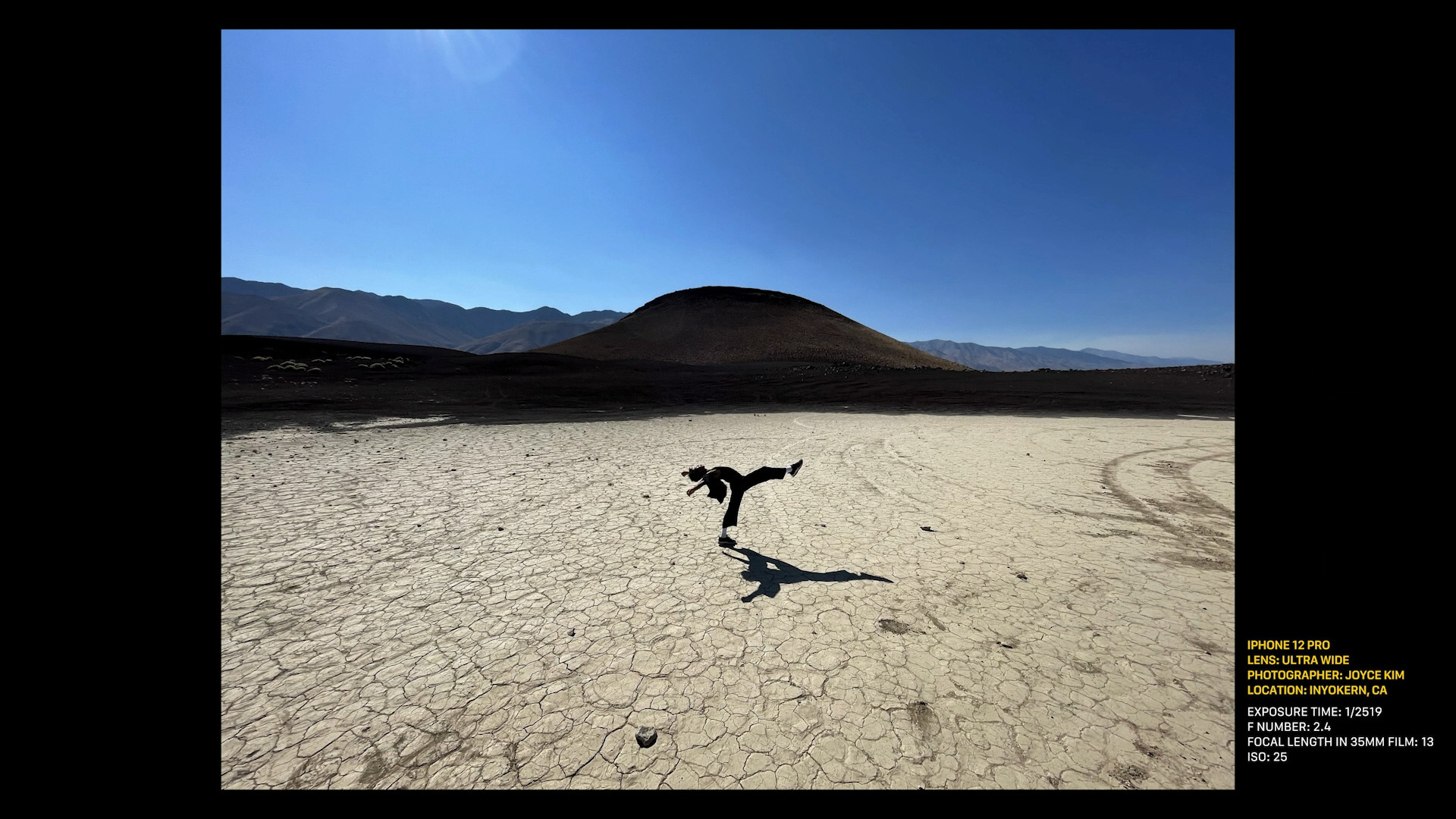
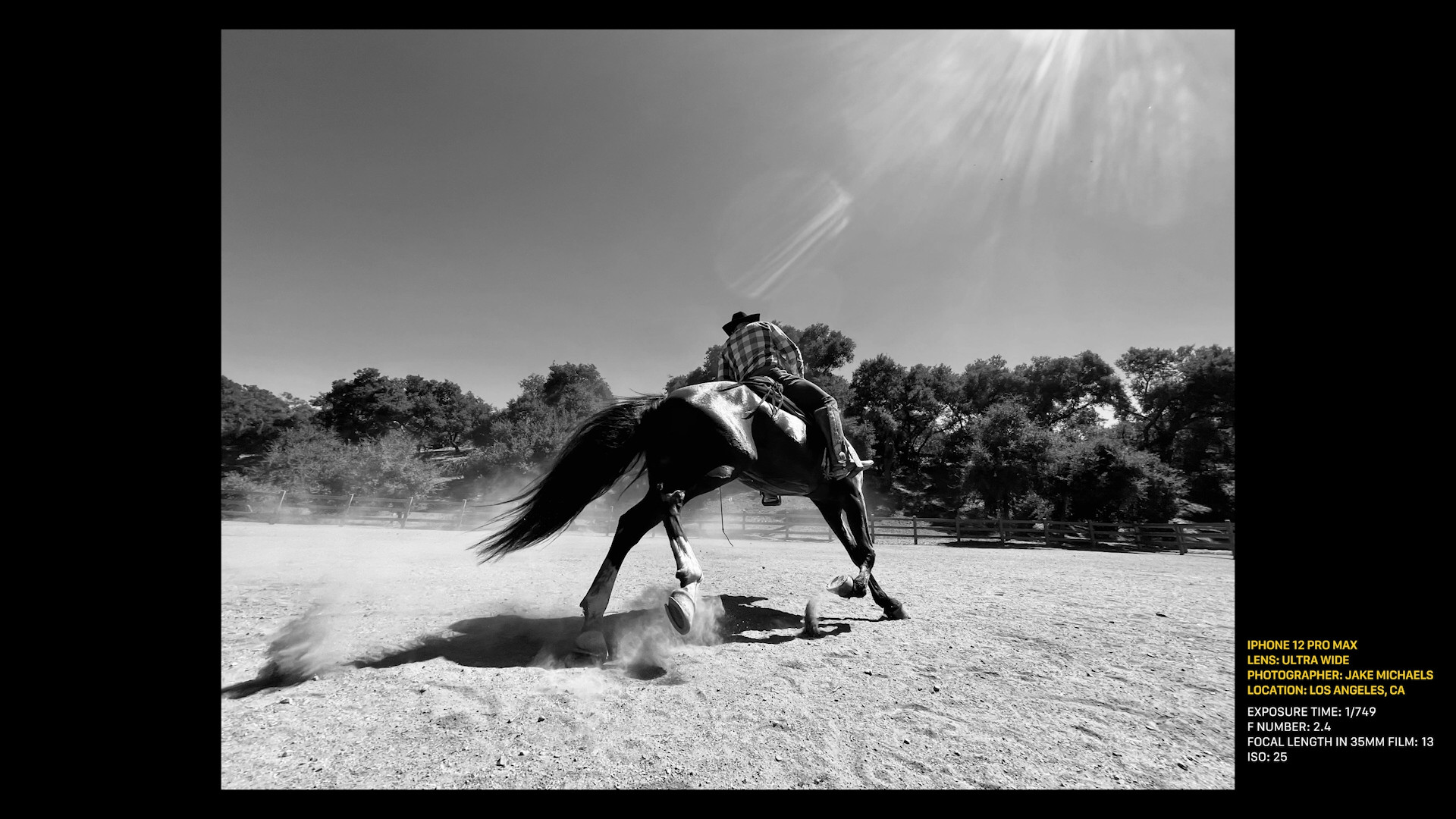
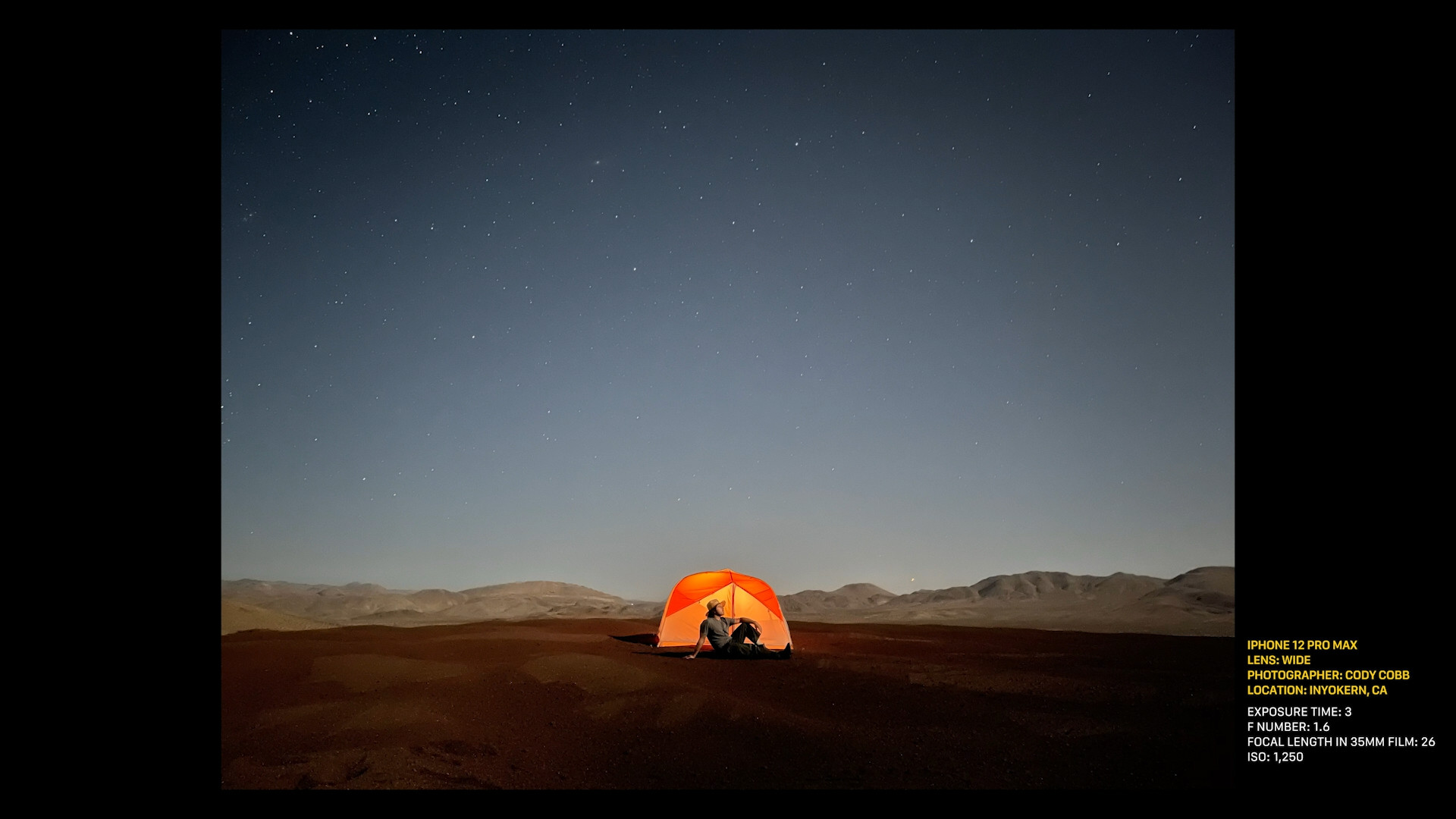

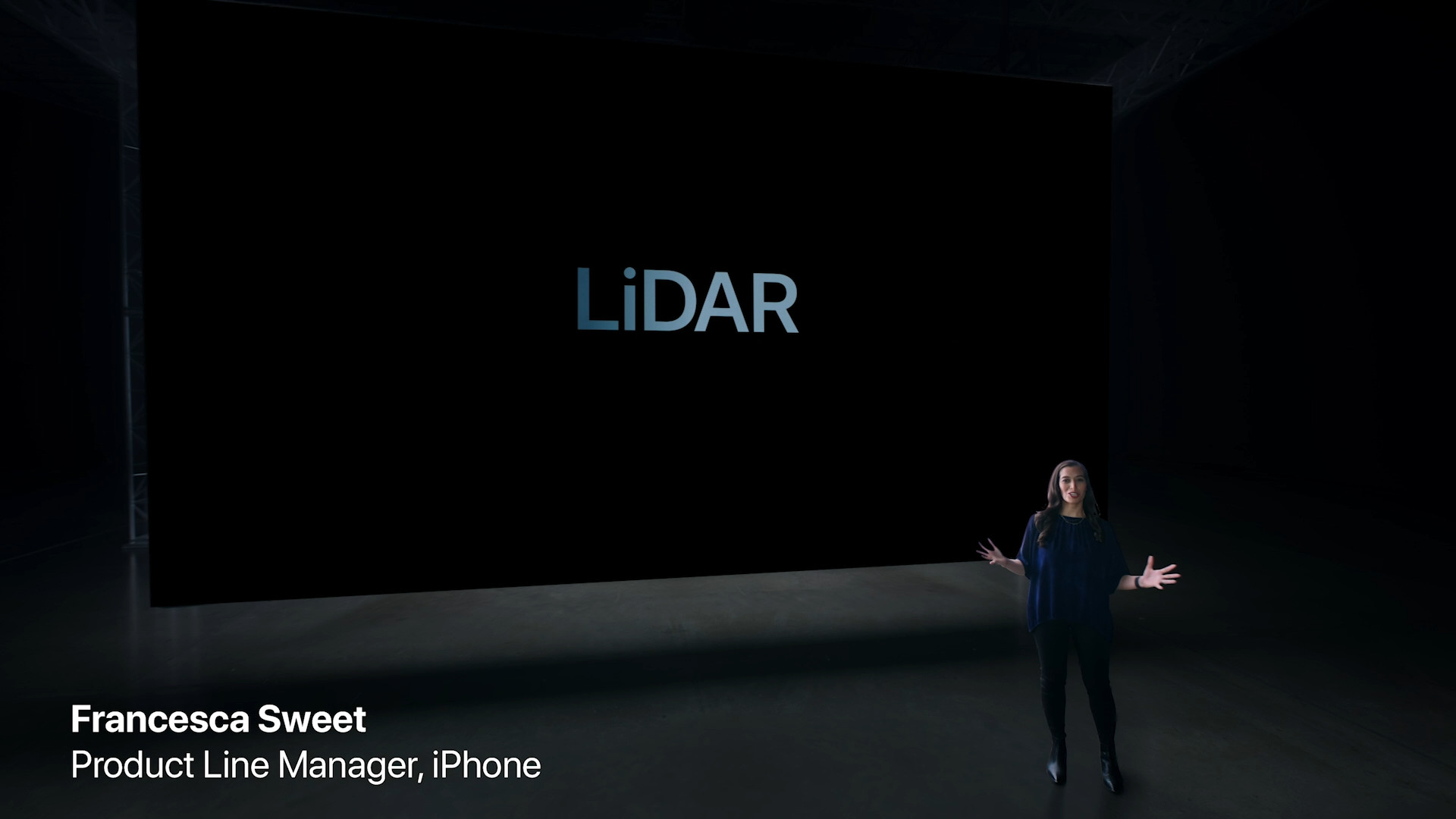


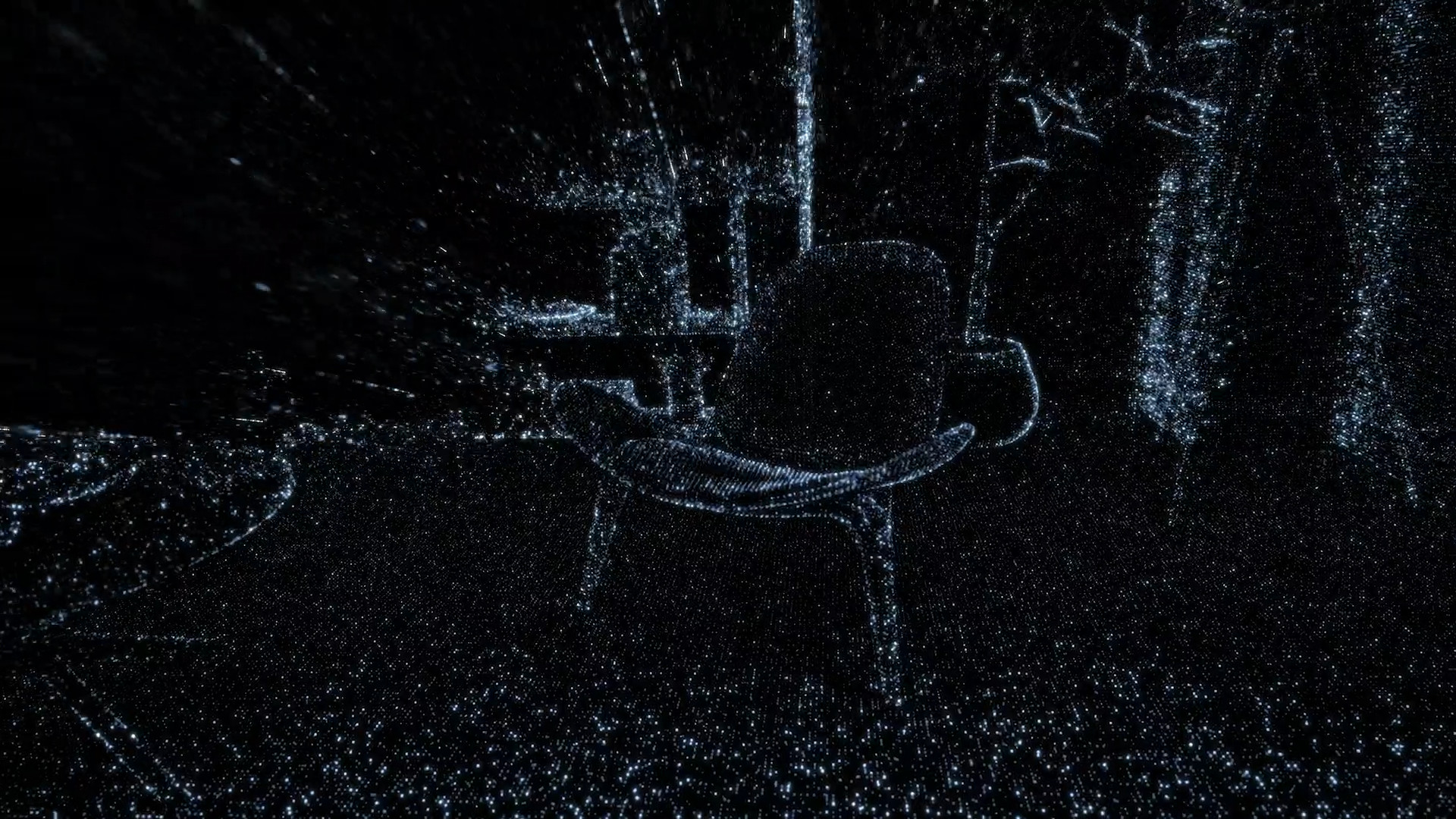


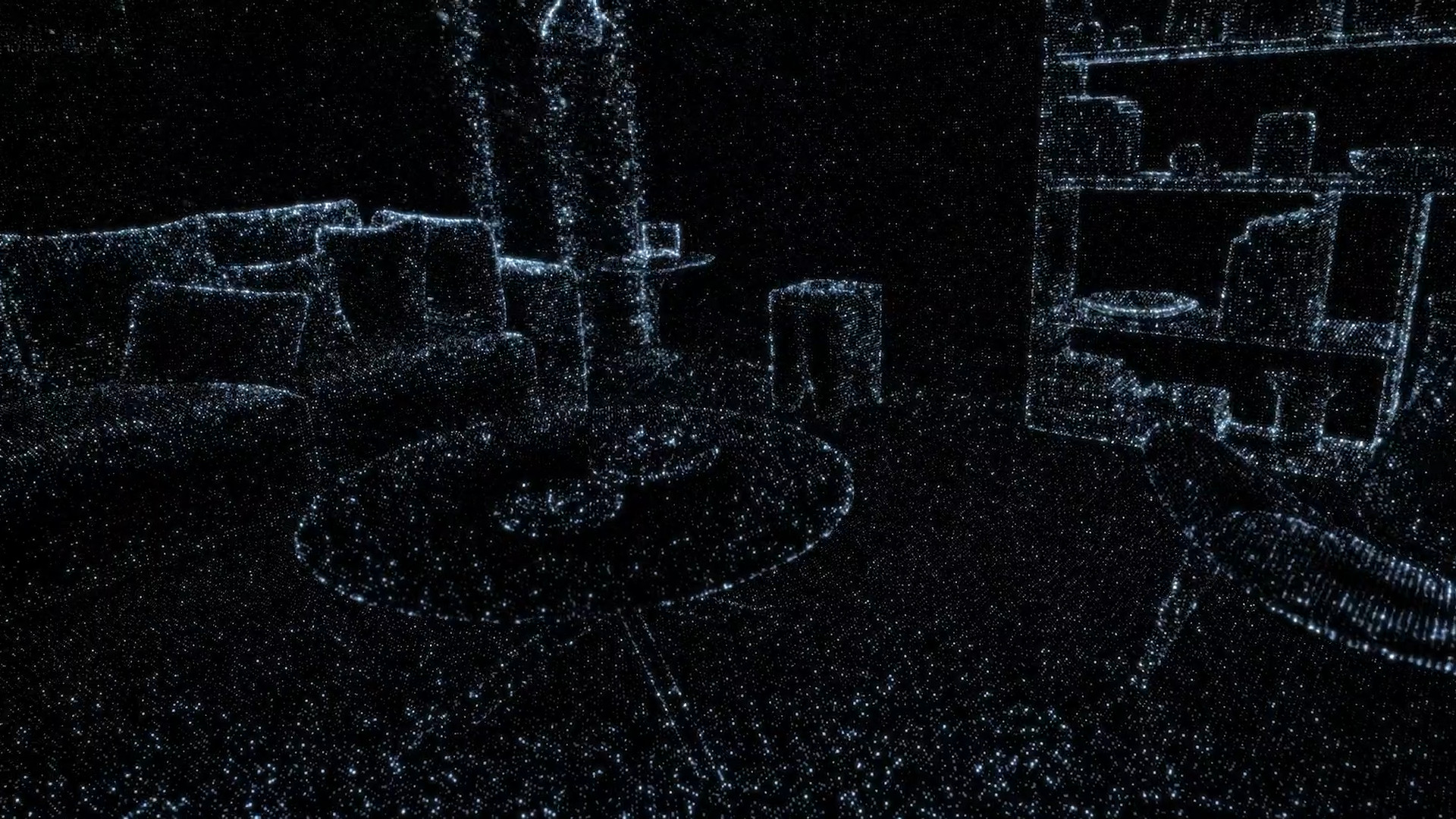


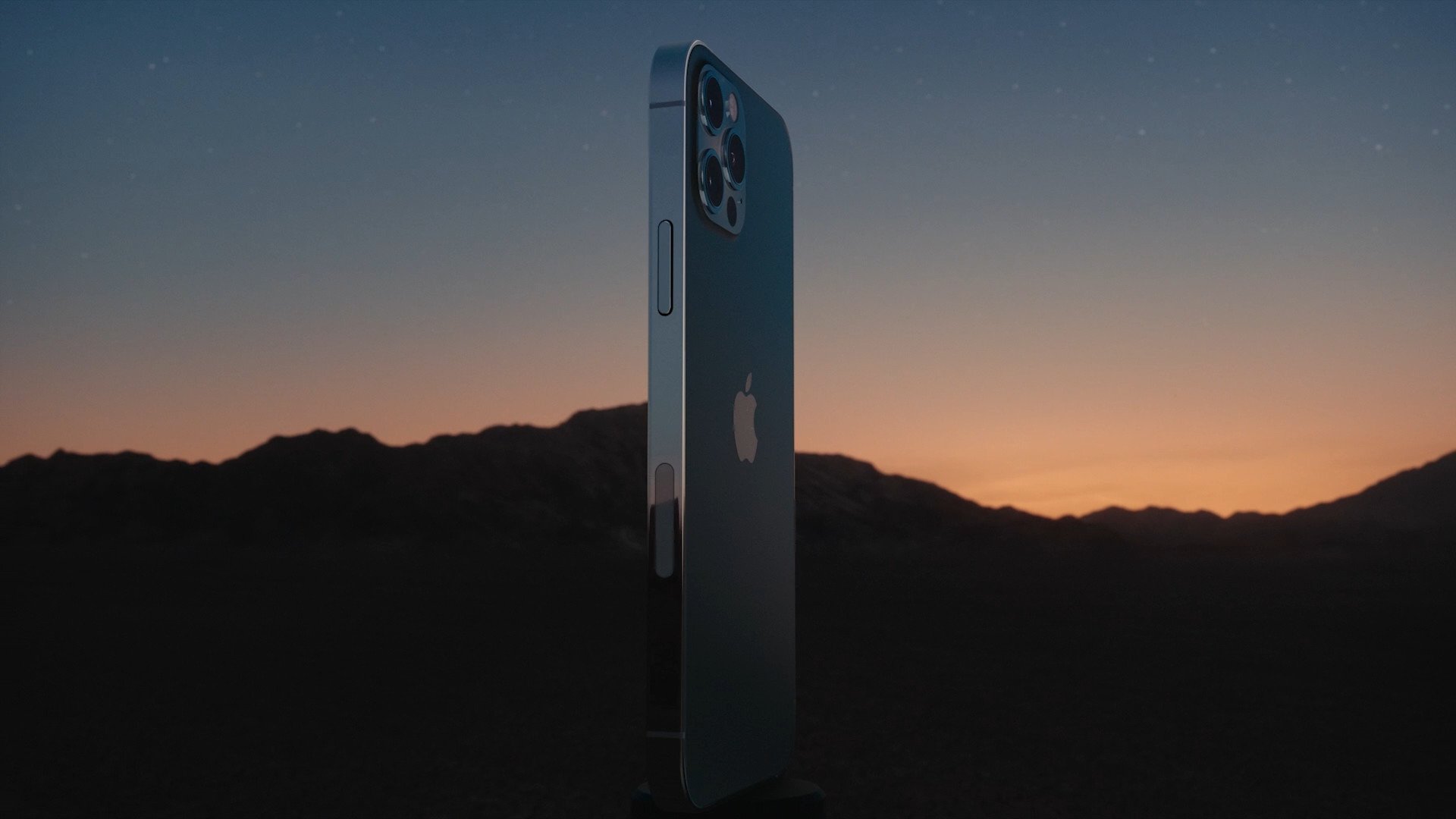
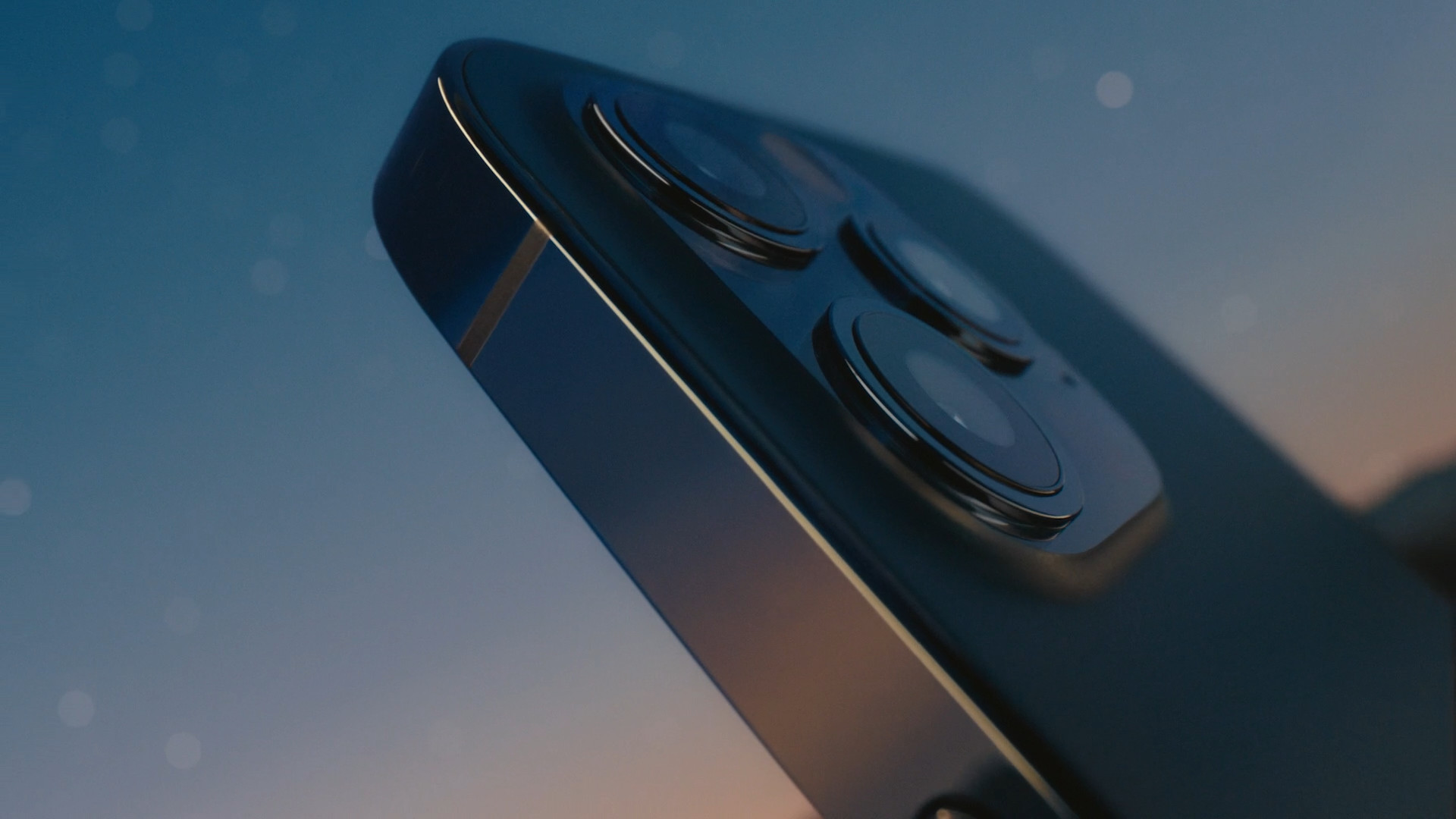
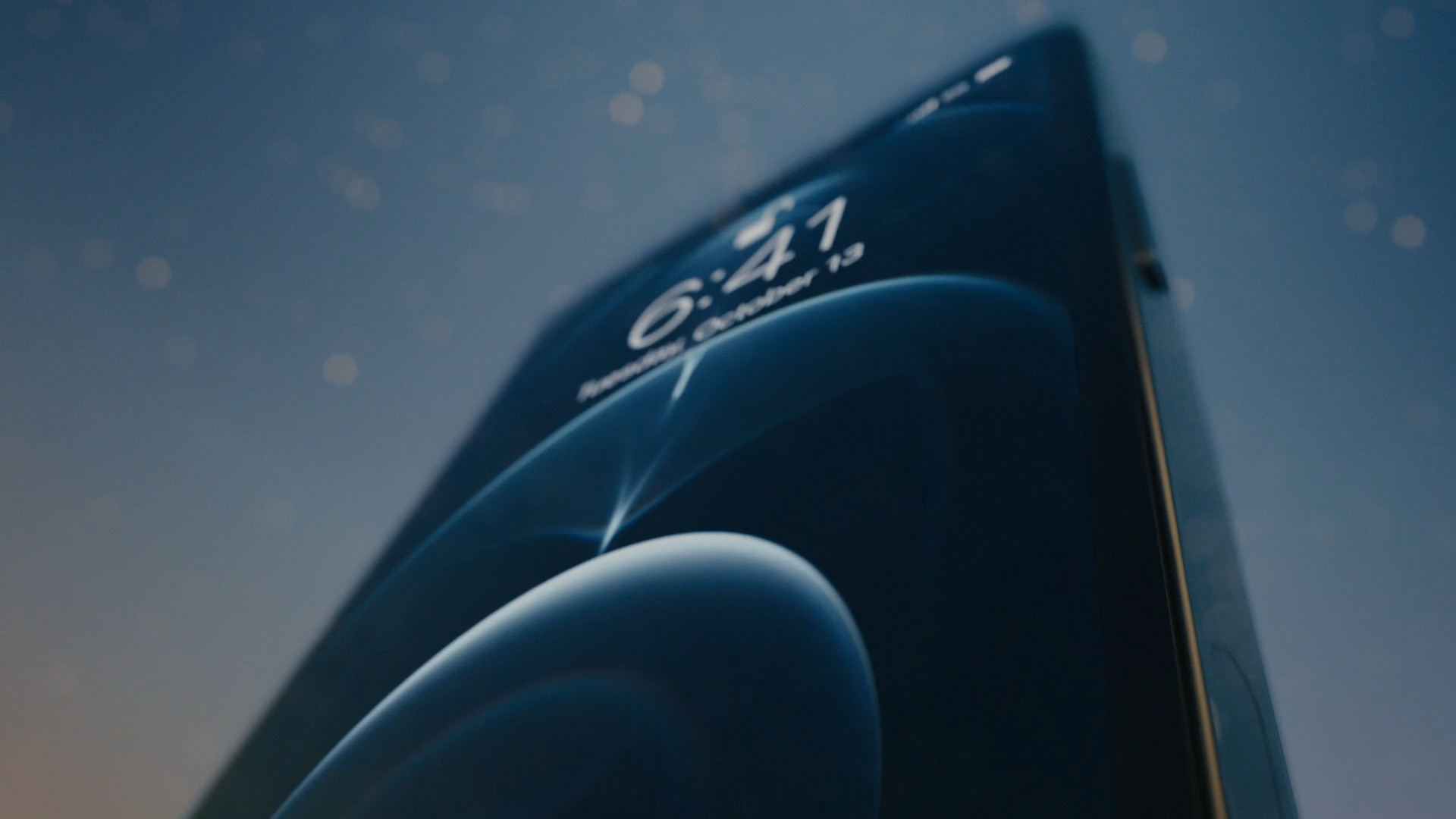
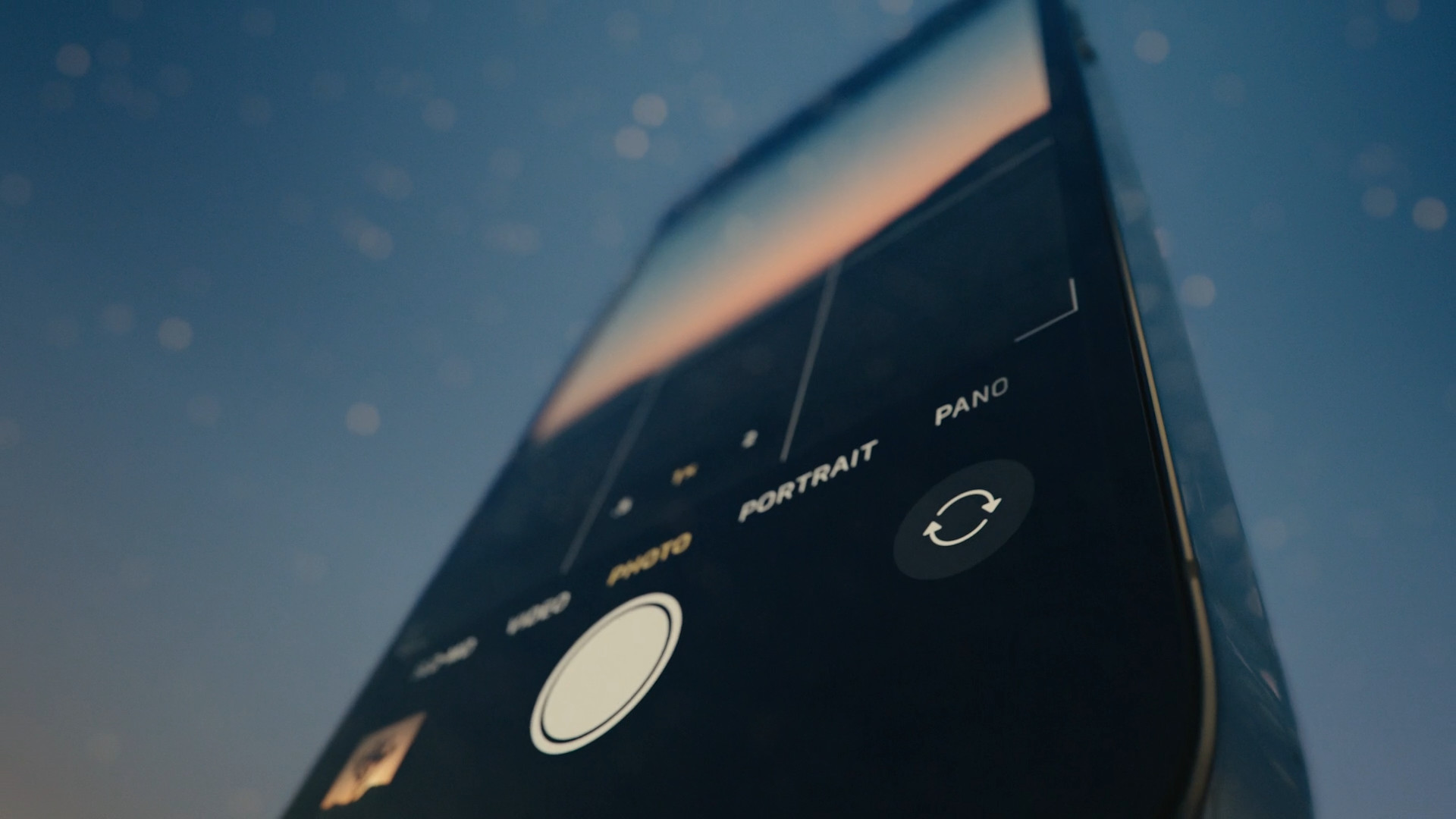

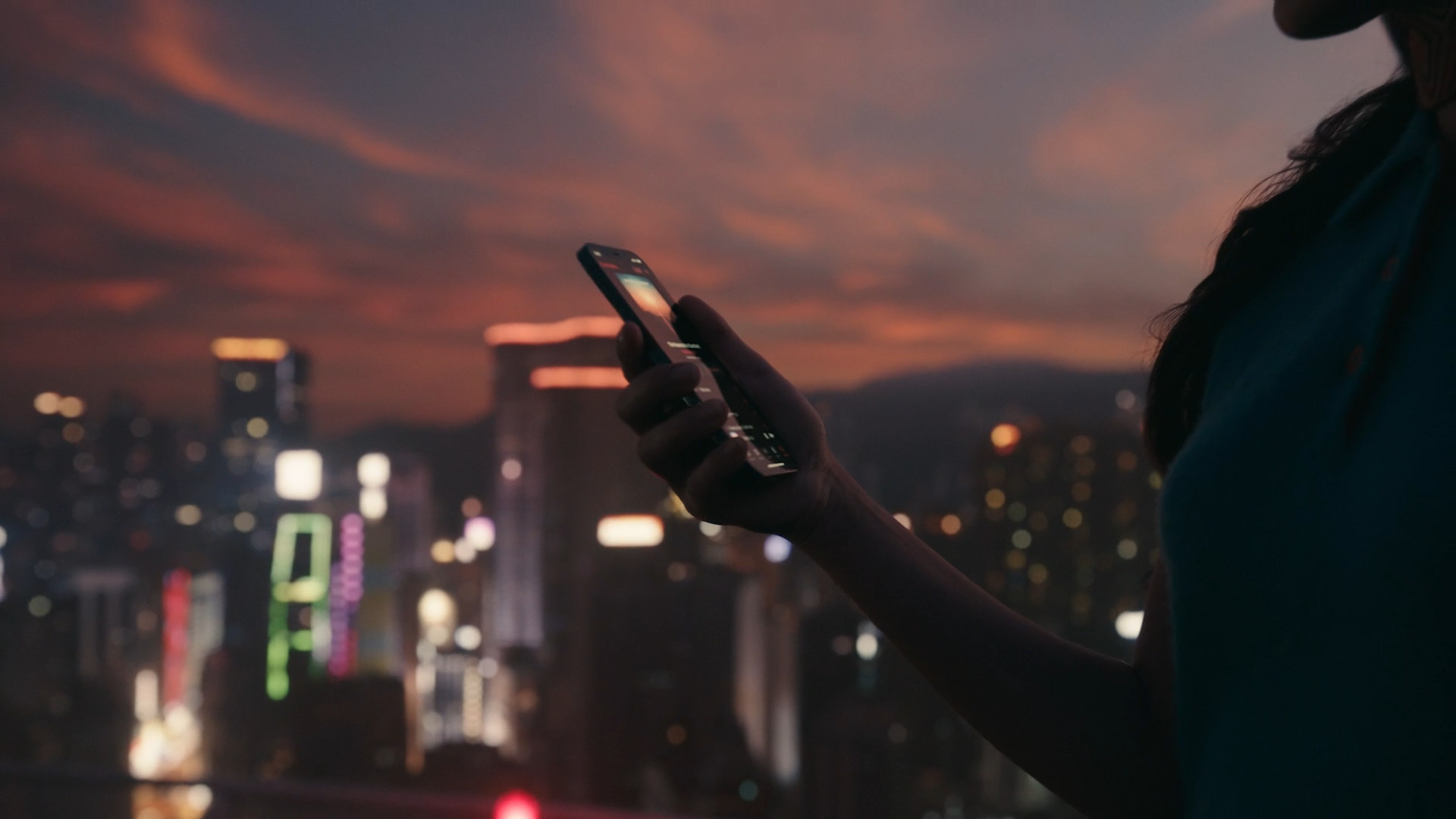

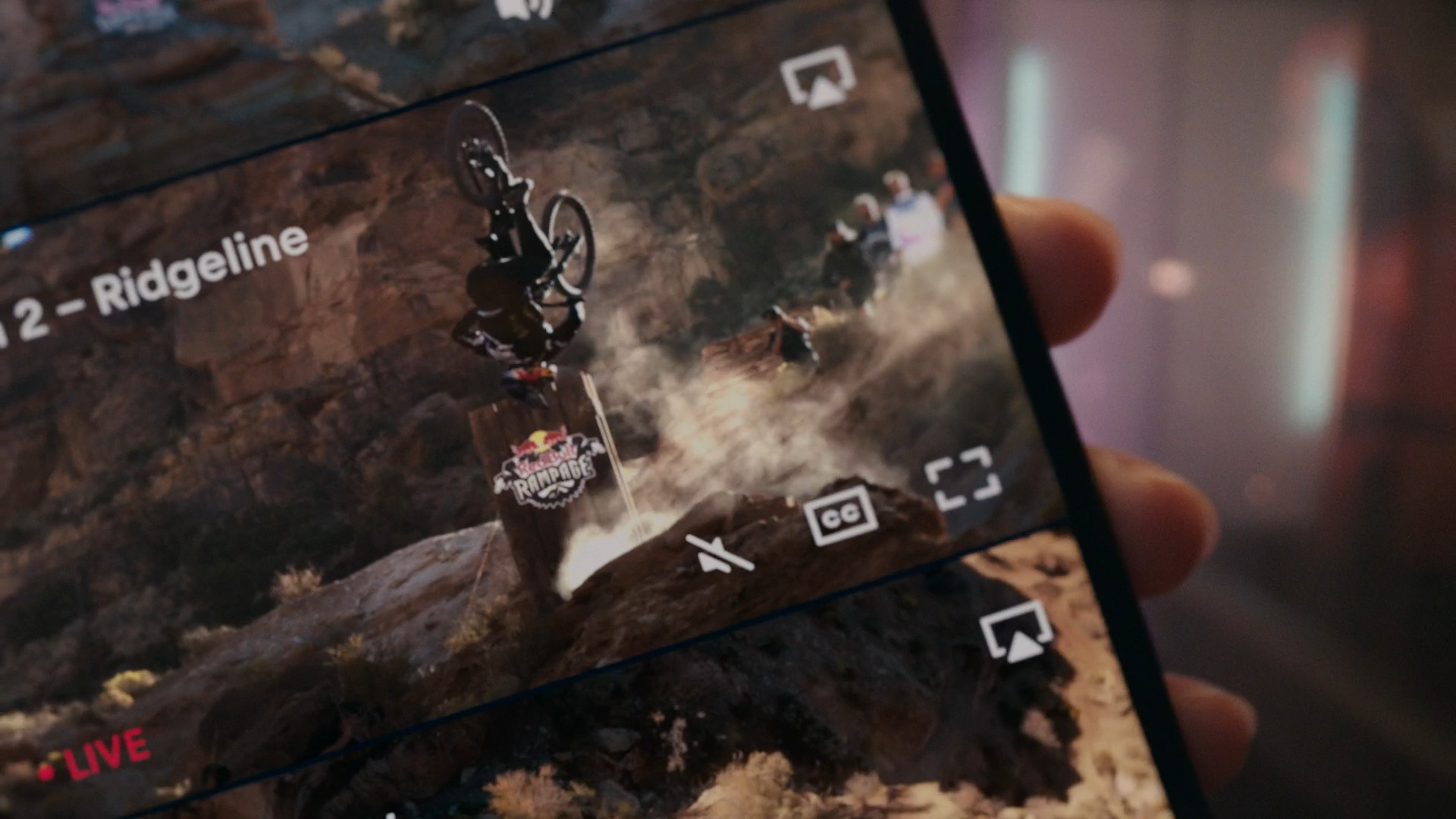

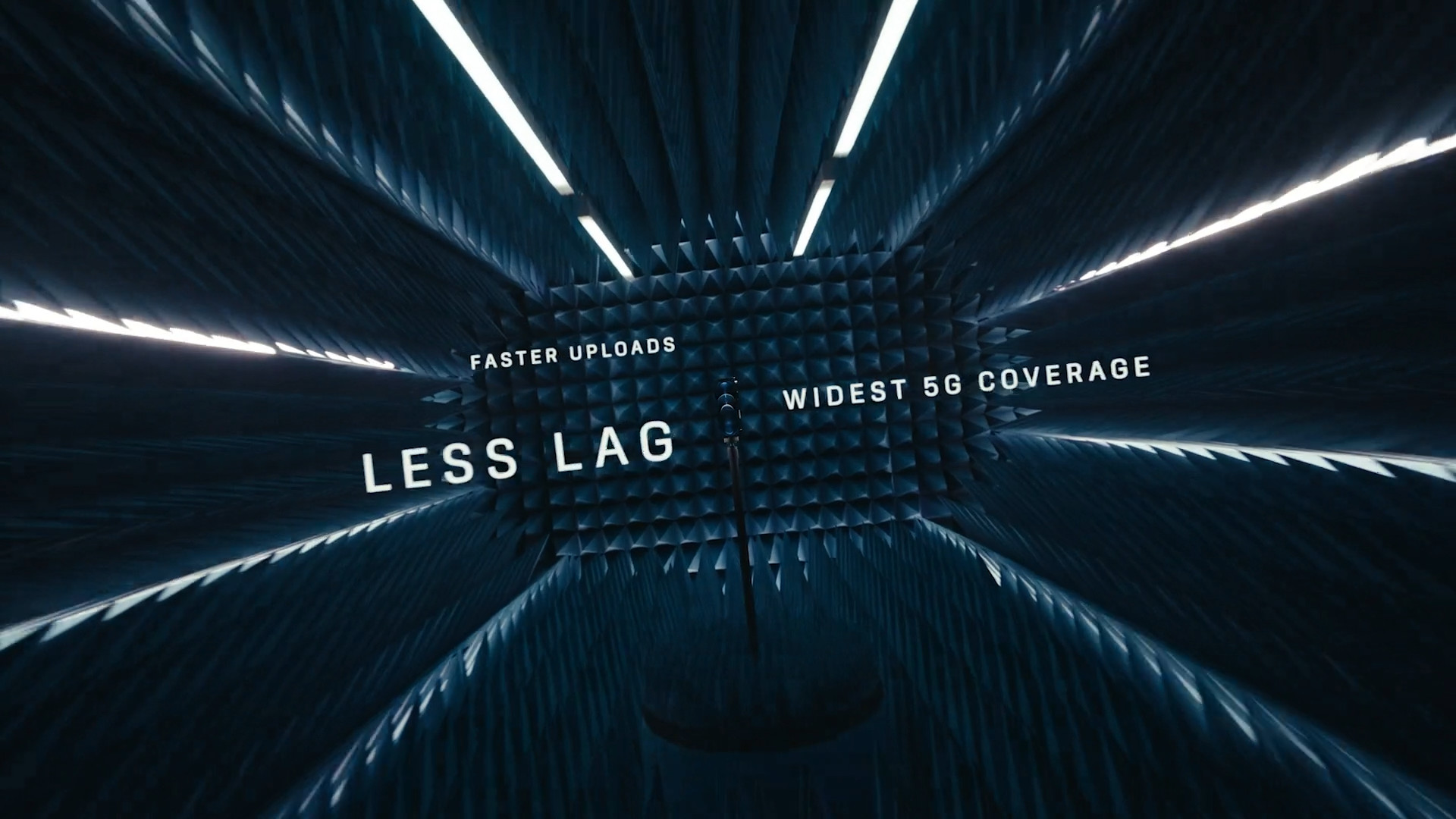

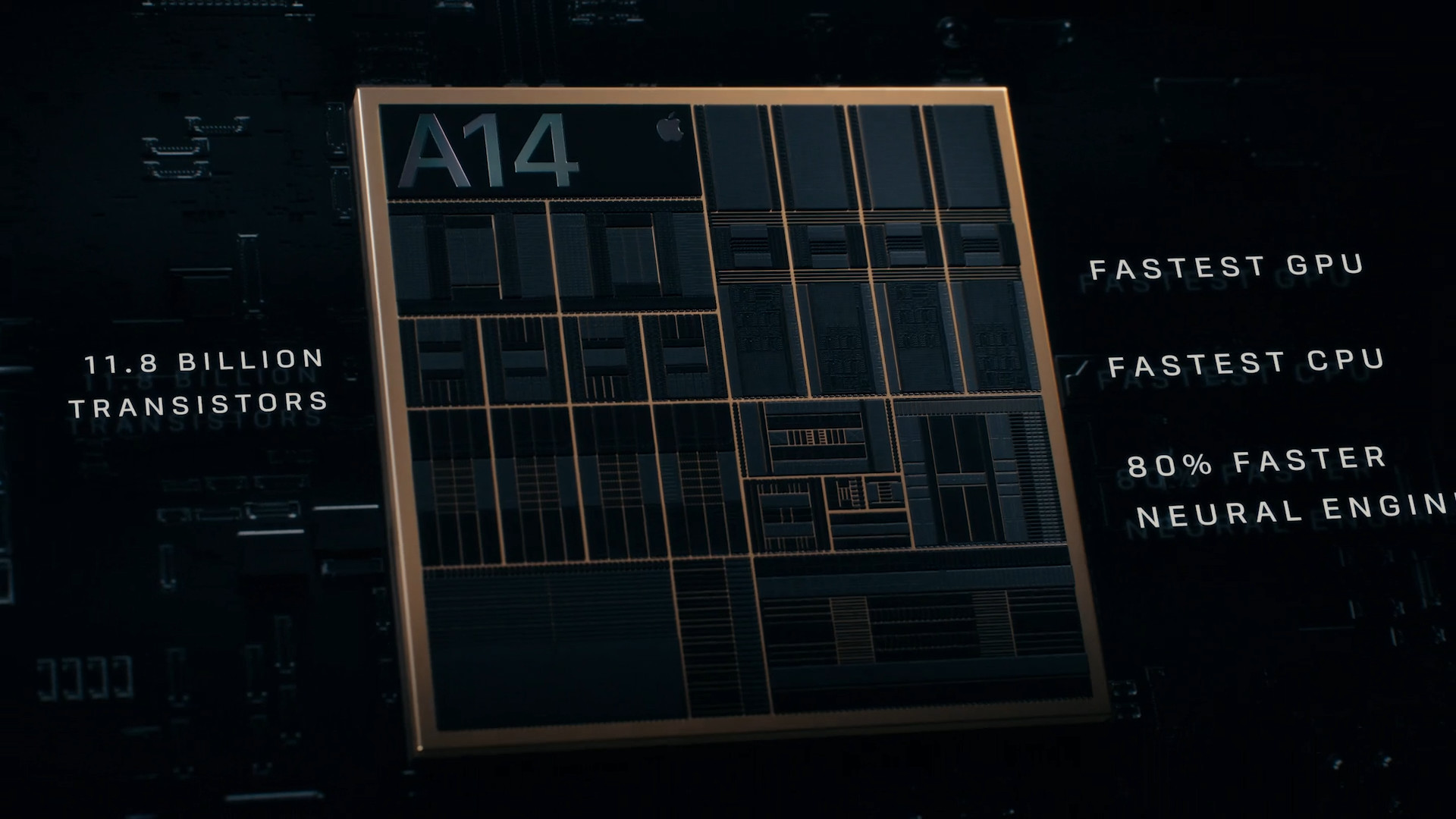
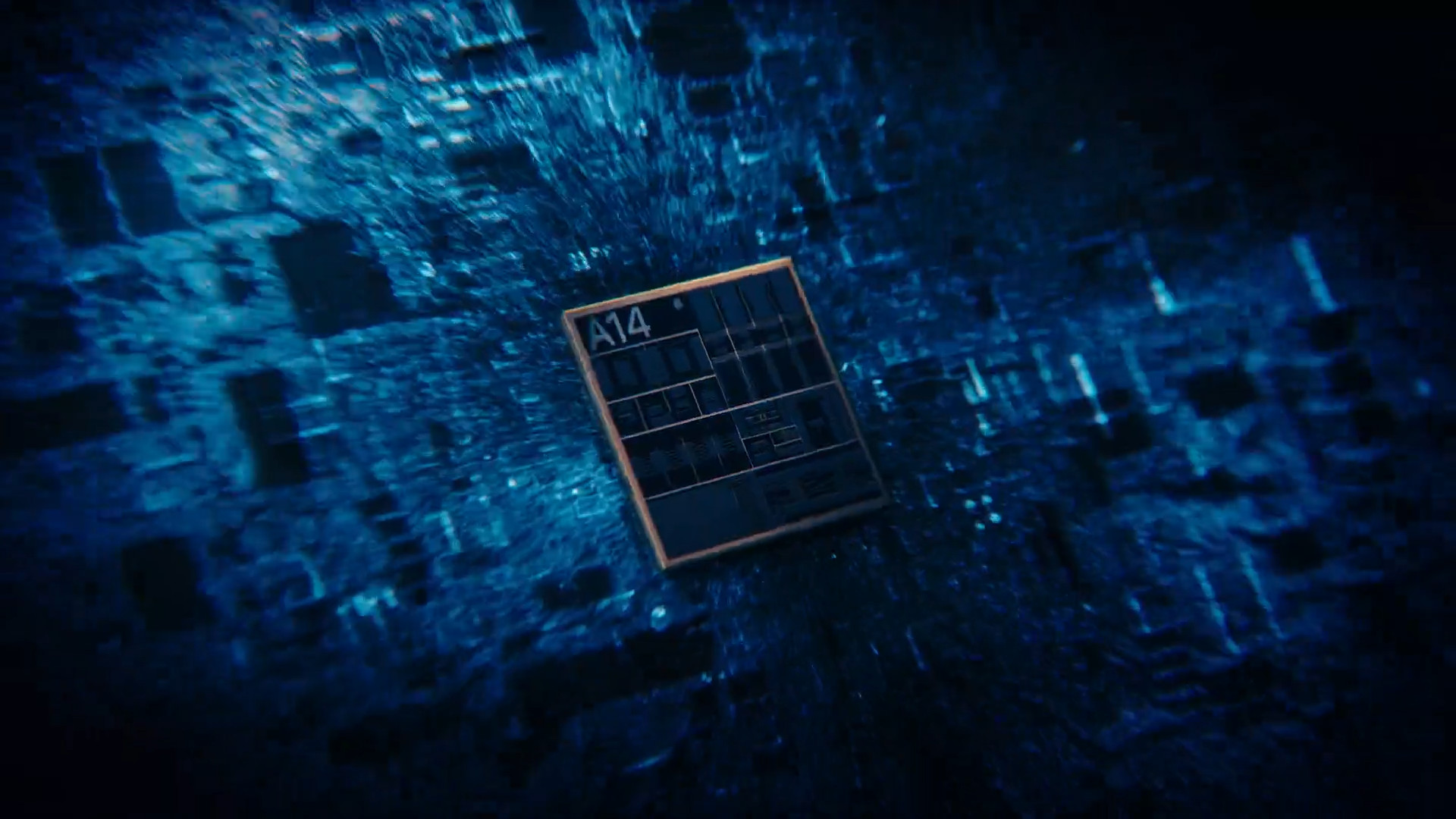

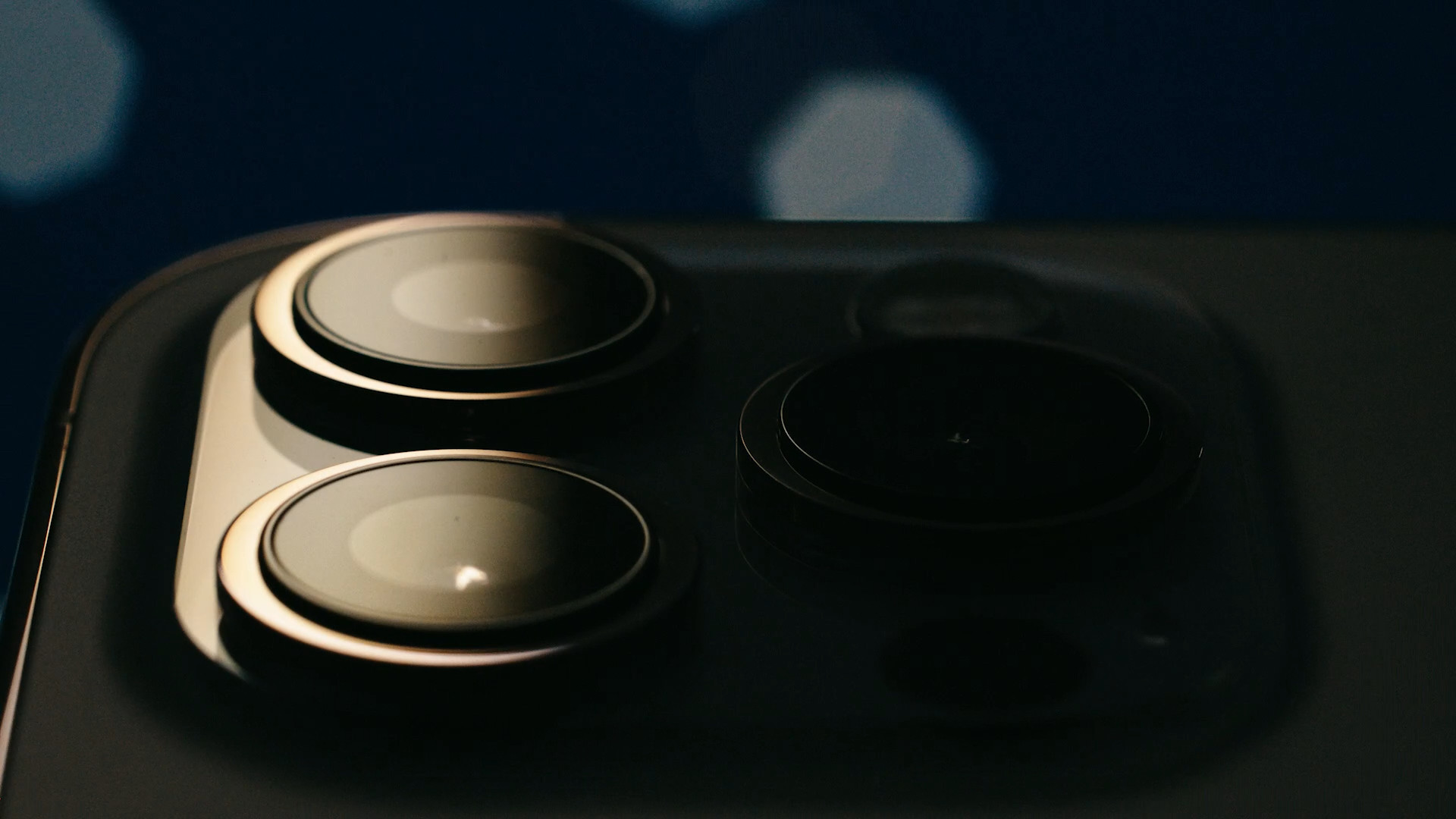
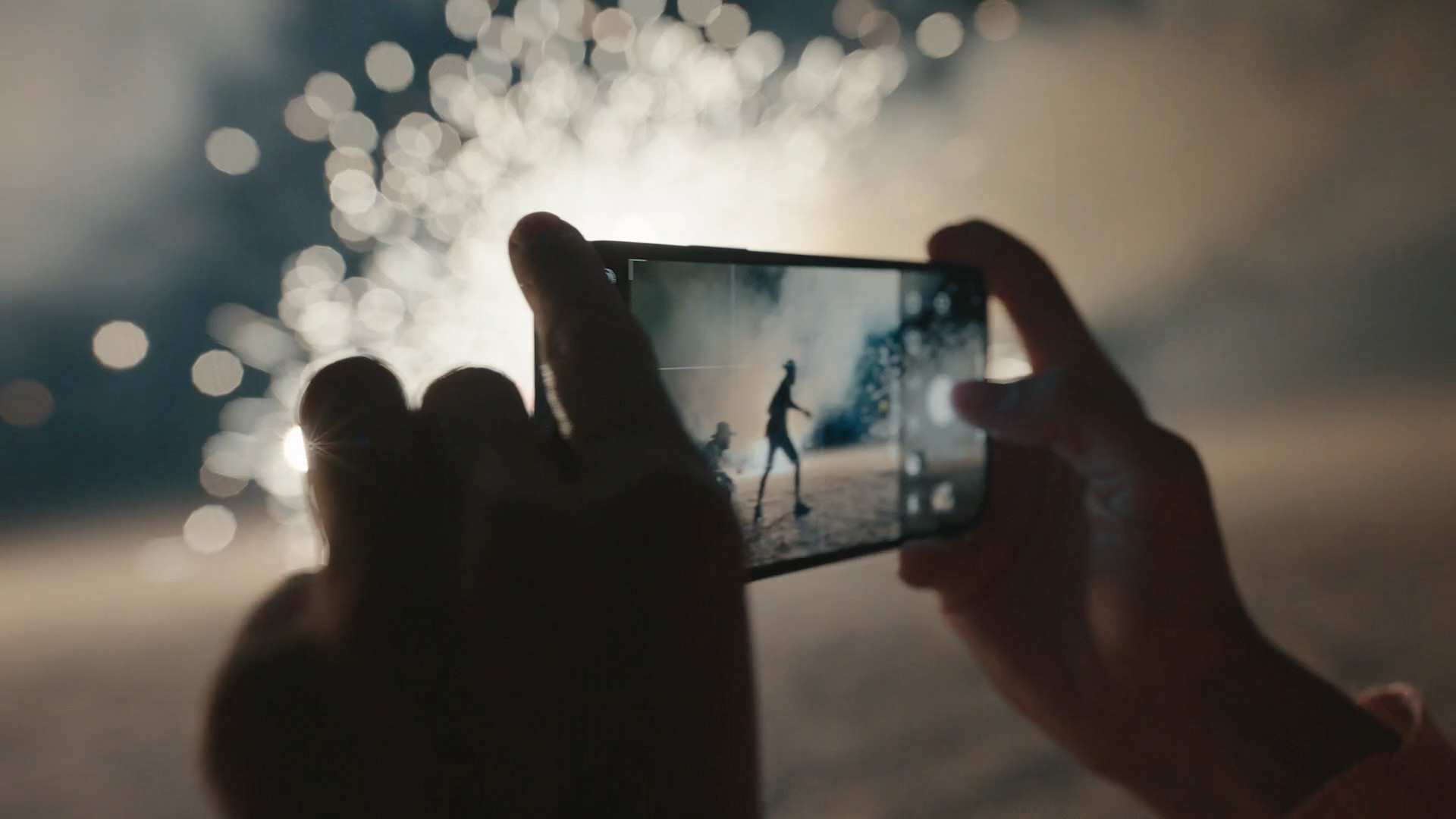

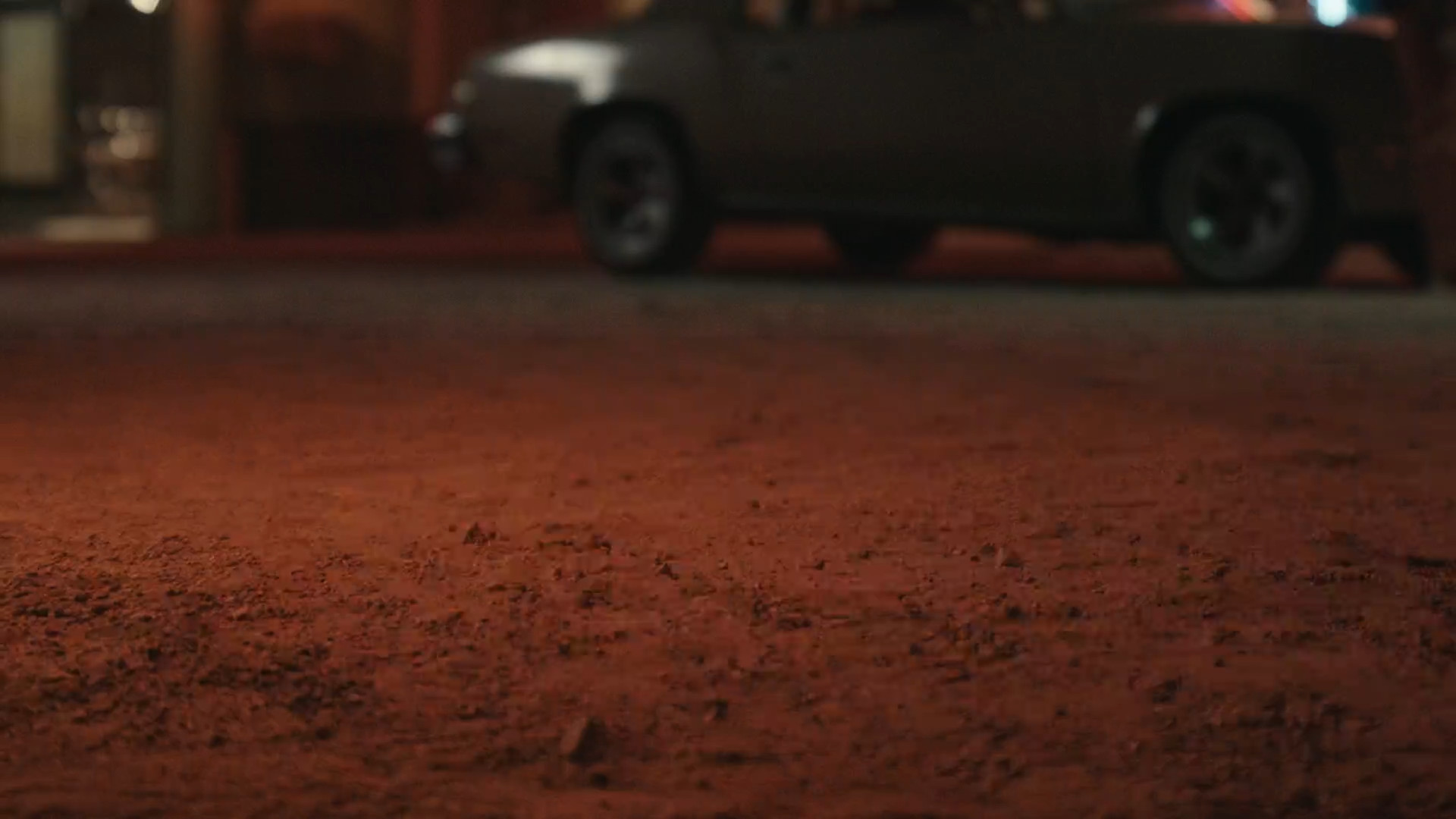

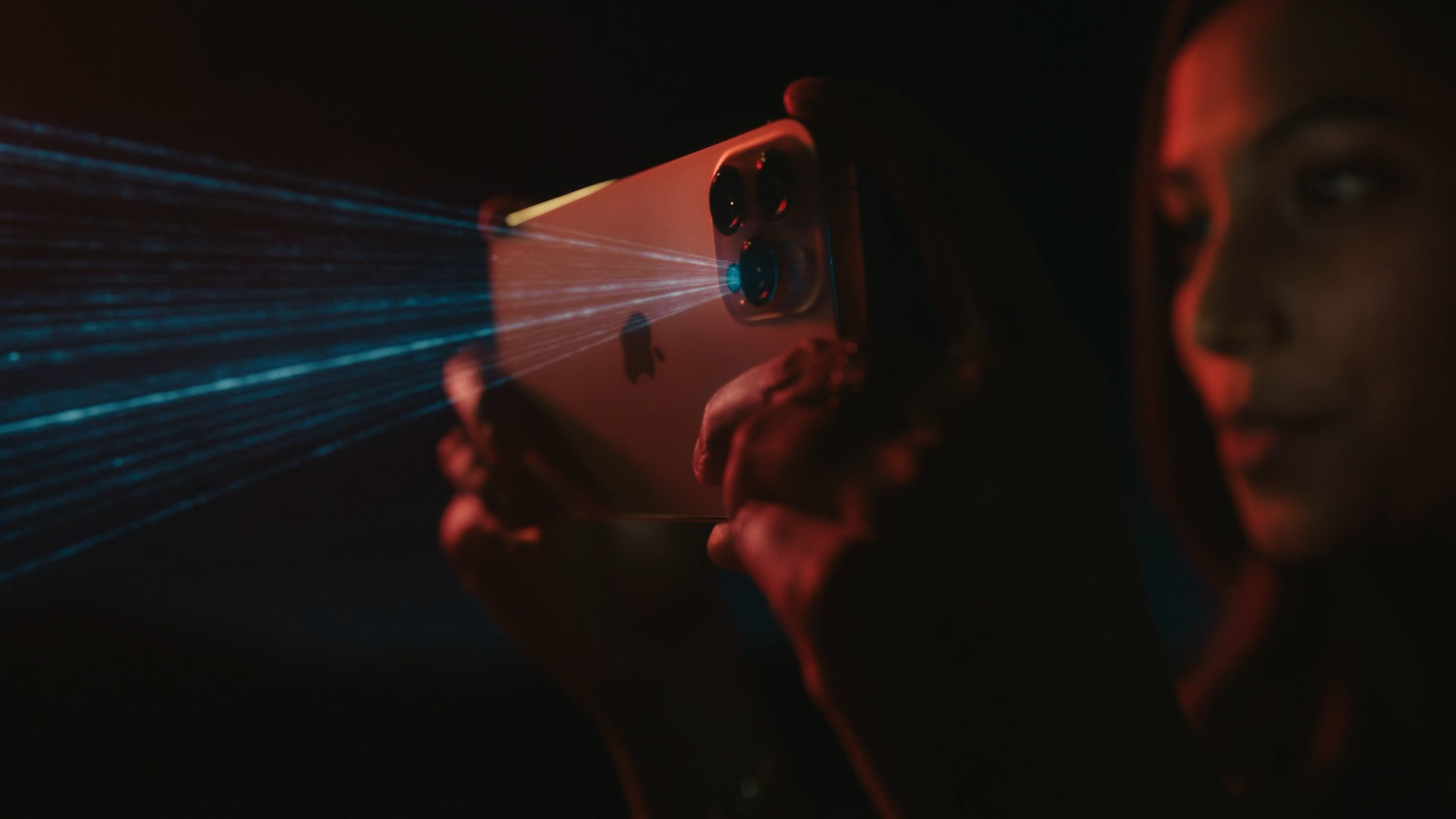

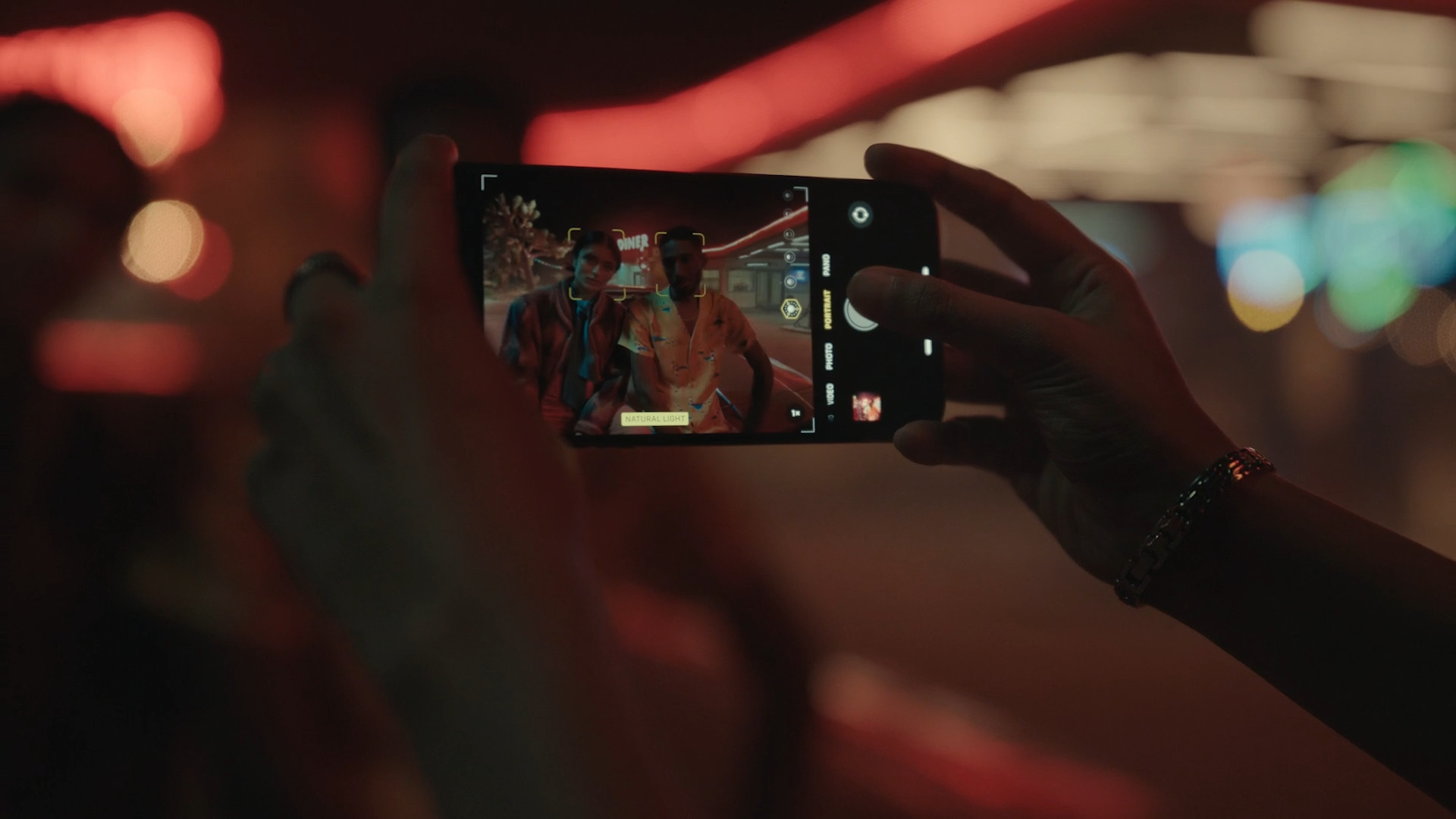


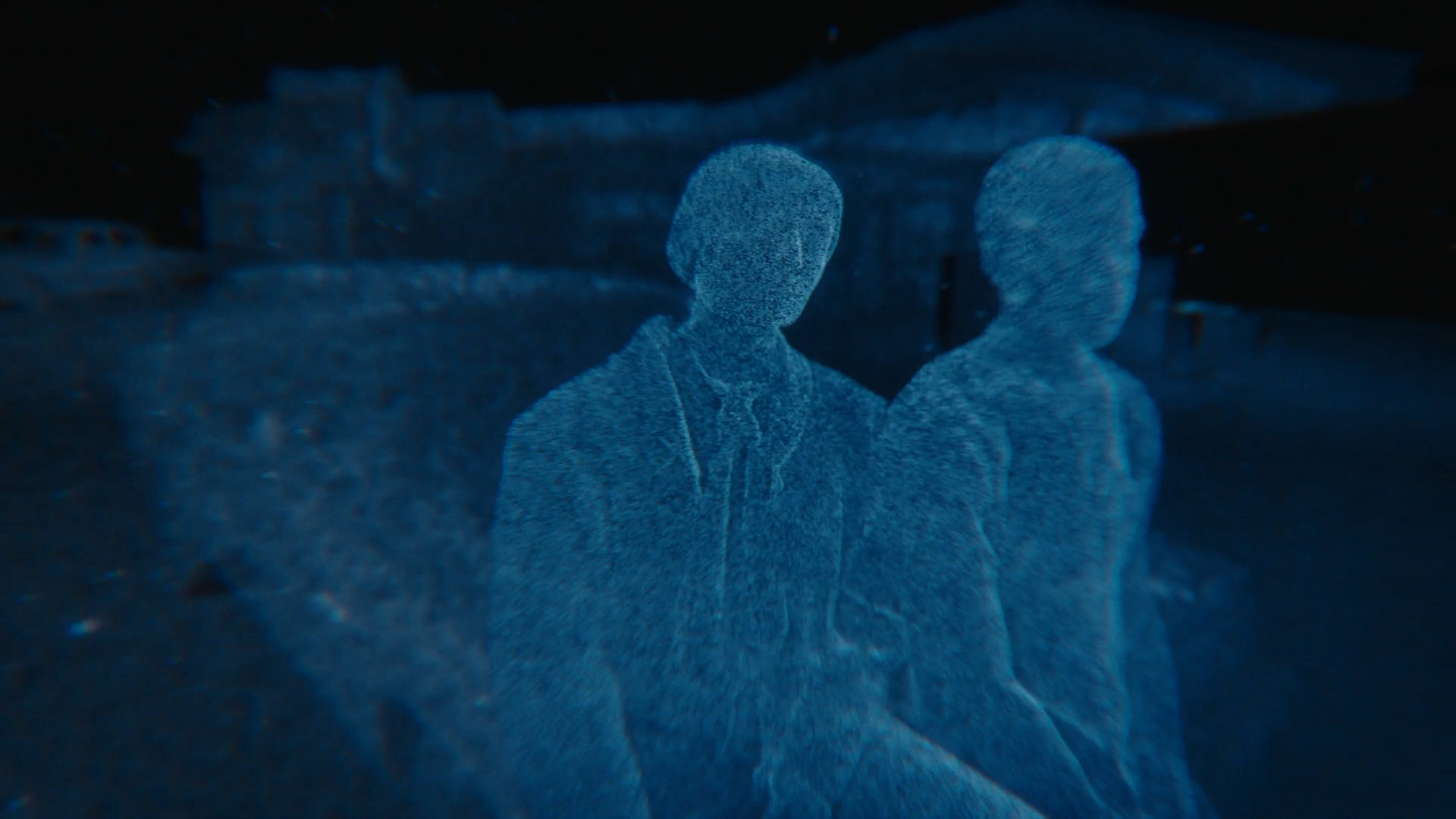

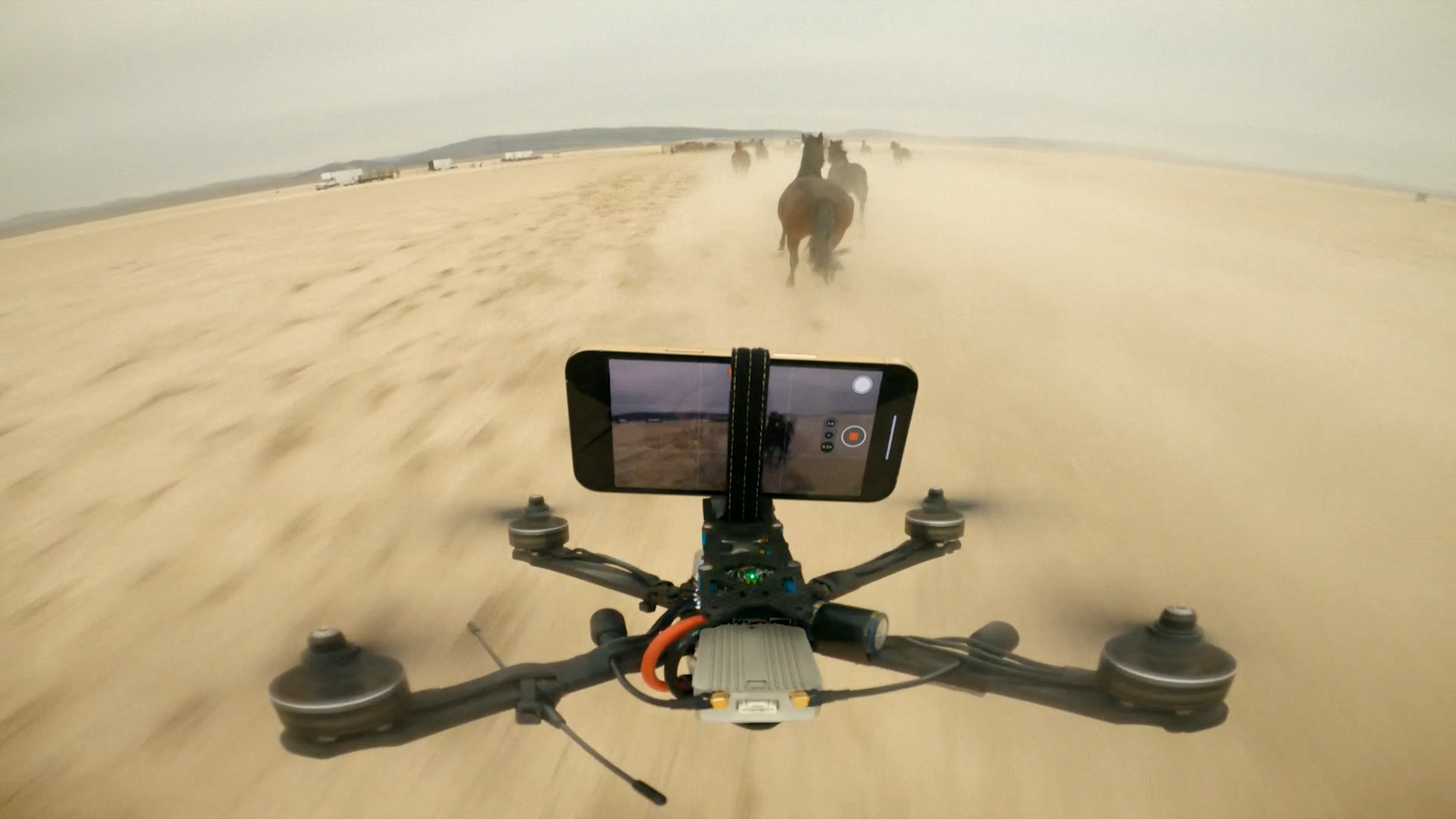
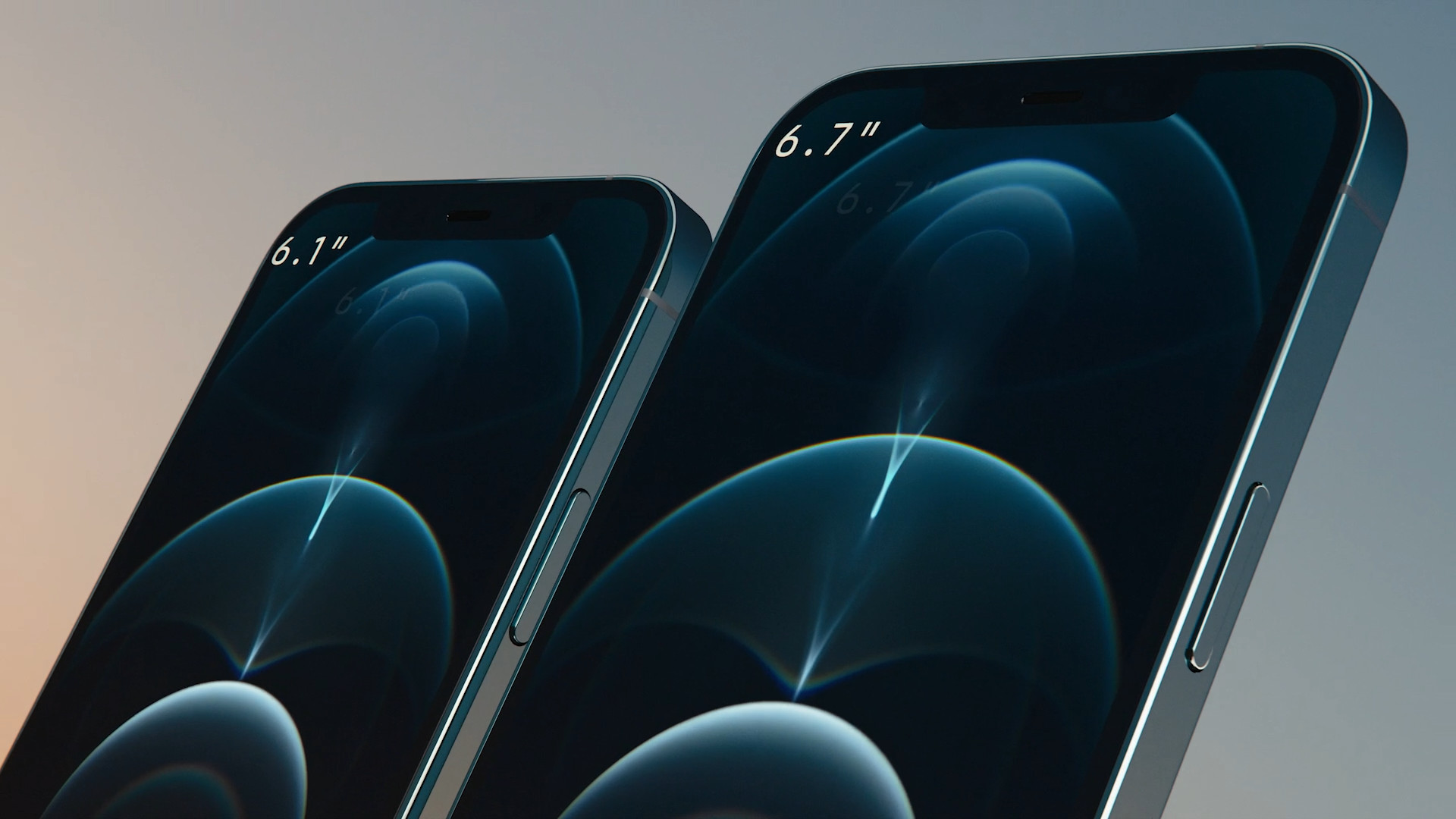

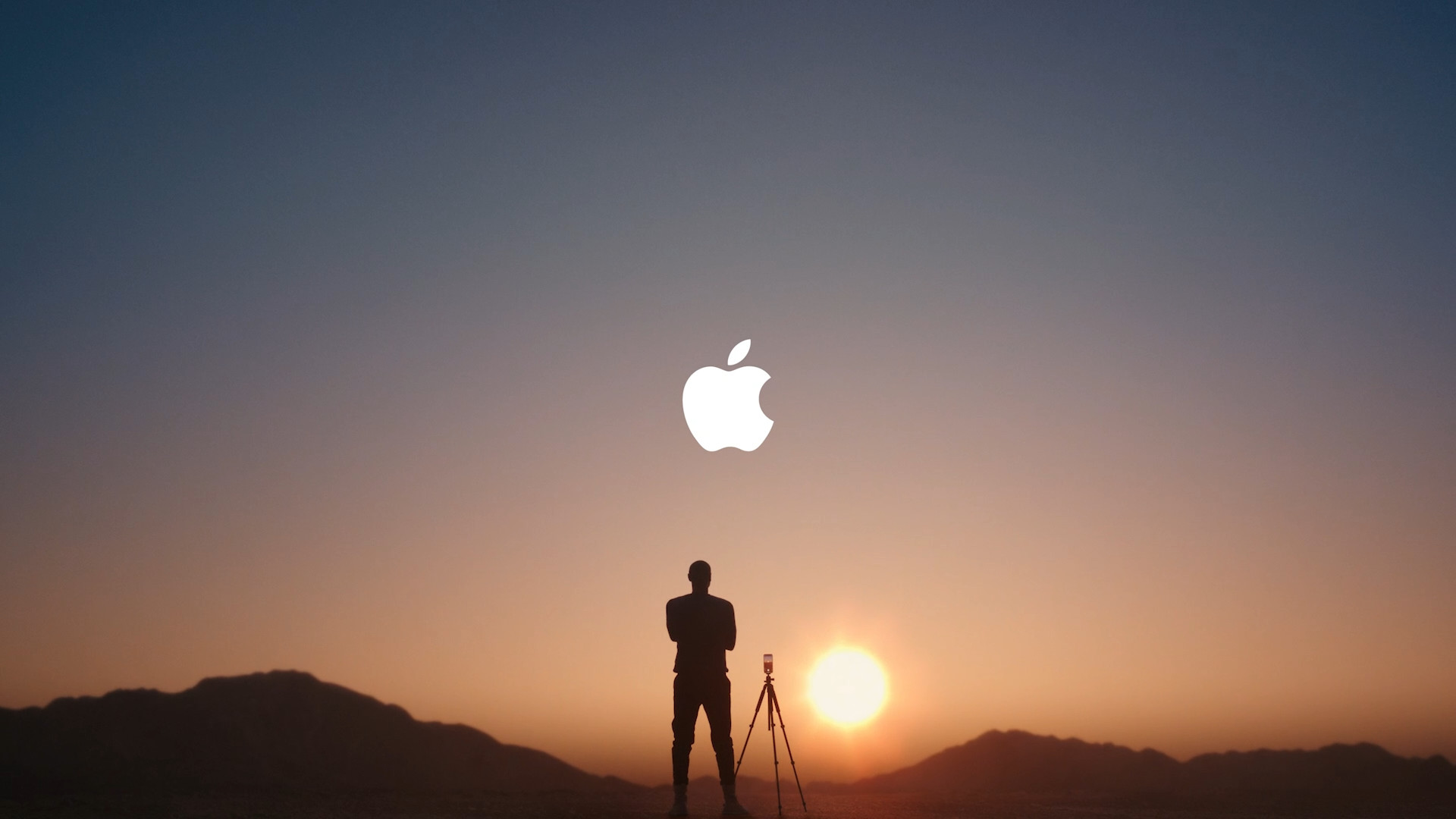
Either I read stupidly or you. PRO 6,1 and 6,7 have different main lenses for larger ones and chip stabilization. next to the calf, zoom 4x and 65mm. 4x has a classic and 52mm and 5x Max and 65mm. for whom the photo is important and he would put an article on you, so the victim would be pissed off and I won't cover that in the next paragraph. Amateurs.
Hello, you are right about everything, these essential differences have completely escaped us. I have edited the article and I believe everything is fine now.
So mainly in the same size with the same storage, the difference between Pro and Normal iPhone is only 3.500. What is a better camera, more ram and better prestige for free.
The iPhone 12 Pro did not succeed at all when it has different cameras.
failed
I don't understand this idea somehow. ? "12Pro failed when it has different cameras"? What does the poet mean by this??
I understand that the purpose of this site is to advertise Apple, but for me, the main thing that interests me about the new iPhone is its durability.
Well, I tried to do CTRL+F + "endurance" and "battery" and waited for what important information I received...
Like Apple itself, this article is tactically silent on one of the most important things about a mobile device…
Fortunately, comparisons are already available for this, and they look really pale for the 12…